The Legal Labyrinth of Origin: Unpacking Substantial Transformation in EU and US Customs Law Through Landmark Cases

Substantial Transformation and Non-Preferential Origin in Customs Law: A Comparative Analysis of CS STEEL (C-86/24) and CBP HQ H302821 (Volvo)
Summary
Both the EU and the US employ the concept of "substantial transformation" to determine the non-preferential origin of goods, but they differ in their legal frameworks and interpretive approaches.
The EU prioritizes predictability and legal certainty through codified "primary rules" for substantial transformation, as seen in the CS STEEL case, which limits case-by-case discretion.
The US, through administrative rulings and case law like the Volvo ruling, uses a "totality of circumstances" approach, leading to more discretion and uncertainty, with outcomes often hinging on factual nuances and the "name-character-use" test.
🎧 Prefer to Listen?
Get the audio version of this article and stay informed without reading - perfect for multitasking or learning on the go.
The Problem of Non-Preferential Origin
In international customs law, the concept of non-preferential origin serves as a fundamental tool for determining the country of origin of goods when no preferential trade agreement applies. It affects the imposition of general external tariffs, anti-dumping duties, countervailing measures, and trade restrictions. Both the European Union (EU) and the United States employ this notion, yet through different legal architectures and interpretative approaches.
Under the EU legal framework, the Union Customs Code (UCC) and its delegated acts define the non-preferential origin of a good as the country where the good underwent its last substantial transformation—a process that is economically justified and results in a new product or an important stage of manufacture. Likewise, in U.S. customs law, the doctrine of substantial transformation governs origin determinations. The U.S. Customs and Border Protection (CBP) considers that a transformation confers a new origin when an imported article has been subject to a sufficient working or processing.
Yet, the notion of substantial transformation is inherently ambiguous and highly fact-dependent. With reference to this concept, the EU Court of Justice has recently issued a very interesting judgment ( the C-86/24 CS STEEL a.s.) that can be usefully compared with the famous CBP HQ H302821 (Volvo) ruling. Though the cases arise in distinct legal systems, they illuminate similar conceptual questions: when does processing in another jurisdiction suffice to “change” the origin of a good?
The CS STEEL (C-86/24) Case before the Court of Justice of the European Union
The CS STEEL case concerned seamless steel tubes classified under heading 7304 41 of the Harmonized System. The question referred to the CJEU by a Czech court was whether cold reduction processing performed in India on hot-finished tubes originating in China was sufficient to confer Indian origin.
The issue arose from the primary rule of origin established in Annex 22-01 of Delegated Regulation (UE) 2015/2446, which expressly excludes that cold finishing alone can alter the origin of such tubes. According to annex 22-01, indeed, only the processing from heading 7304 49 constitutes a substantial transformation.
The customs administrative controls denied the Indian origin arguing that no substantial transformation occurred in India. The importer, CS STEEL a.s., argued that the post-processing in India—cold reduction, pickling, passivation, and compliance with ASTM A312 standards—created a product with distinct technical properties and thus Indian origin. The Czech customs authorities, however, maintained that the origin remained Chinese, as the decisive manufacturing stage occurred there.
The CS STEEL, submitted the question to the regional Court of Ostrava, that decided to stay the proceeding to understand if the primary rule excluding that the cold finished proceeding was sufficient to justify the substantial transformation was compatible with the EU principles of non-discrimination and fairness.
The CJEU’s Decision
In its judgment of 2 October 2025, the CJEU (Eighth Chamber) upheld the validity of the primary rule. The Court found that excluding cold finishing from conferring a new origin did not constitute unjustified discrimination or manifest error. The rule was therefore compatible with EU law and remained binding.
The Court contrasted the case with its previous decision in C-210/22 Stappert Deutschland GmbH, where certain unfinished tubes were subject to a different rule, and where the national court was left to determine the factual sufficiency of transformation. In CS STEEL, by contrast, the existence of an explicit rule left no room for interpretative flexibility: the cold reduction did not qualify as a substantial transformation.
The CS STEEL decision underscores the EU’s preference for predictability and legal certainty through codified “primary rules.” Firms cannot rely on case-by-case discretion when a binding rule governs a tariff heading. Moreover, the ruling confirms that minor mechanical operations—such as polishing, reduction, or surface finishing—cannot confer origin if the regulation expressly excludes them.
For businesses, this means that the EU legislature may impose restrictive definitions of substantial transformation for specific products, provided such rules are rational and non-arbitrary. National courts retain a residual role in assessing factual compliance, but not in revising the legislative policy itself.
The CBP HQ H302821 (Volvo) Ruling in the United States
The CBP’s HQ H302821 ruling, issued on 26 July 2019 (published 2 October 2019), concerned the customs origin of Volvo automobiles assembled in Sweden from numerous Chinese sub-assemblies. The question was whether final assembly in Sweden constituted a substantial transformation that would change the vehicles’ origin from China to Sweden for U.S. customs purposes.
The CBP held that the Swedish assembly did not result in a substantial transformation. Consequently, the cars were deemed of Chinese origin and thus subject to the additional duties imposed under Section 301 of the Trade Act against Chinese goods.
The reasoning turned on two central considerations:
The imported sub-assemblies (five main modules) were pre-determined for a specific end use within the final car; and
The Swedish assembly operations did not alter their essential character, technical identity, or intended function.
Although the final assembly was economically important, the CBP found that it lacked the technical depth necessary to constitute a new article of commerce.
CBP rarely applies the name–character–use test alone to determine substantial transformation. Indeed, it employs a “totality of circumstances” approach, considering the complexity of operations, the degree of skill and design involved, local value added, and other qualitative factors to understand if there have been a sufficient working or processing.
In the Volvo case, the sub-assemblies maintained their economic and functional identity after assembly, meaning that the operation was viewed as integration rather than transformation. The CBP emphasized that pre-engineered modules with defined functions rarely lose their identity merely through final assembly.
This case exemplifies the CBP’s increasingly stringent interpretation of substantial transformation. Many commentators argue that this approach fails to reflect modern manufacturing realities, where modular production and global value chains blur traditional notions of “manufacture.”
Nevertheless, the ruling demonstrates that the burden of proof lies with the importer: unless detailed technical documentation—design drawings, process descriptions, testing protocols—proves that assembly changes the identity of components, the CBP will presume no substantial transformation occurred. The commercial consequences are significant: misjudging origin may expose firms to punitive tariffs, compliance penalties, and reputational risks.
Comparative Discussion: Convergences and Divergences
A fundamental difference between the two systems lies in the normative source of their rules.
In the EU, non-preferential origin is codified through legislative instruments—the UCC and its delegated acts. For many products, Annex 22-01 establishes specific “primary rules” that fix the threshold of substantial transformation in advance.
In the U.S., by contrast, origin determinations rely on administrative rulings and case law under the Tariff Act. The “substantial transformation” doctrine is flexible but lacks codified, product-specific criteria. The CBP Indeed, applies the uncertainty concept of “sufficient working or processing” that extremely complicate the chooses of the companies looking for objective, understandable and predicable rules as required by the WTO.
This divergence produces opposite outcomes regarding legal certainty: EU operators benefit from predictability but face rigid thresholds, whereas U.S. operators experience discretion and uncertainty, with outcomes hinging on factual nuances.
Conclusions
Both cases reflect a high threshold for recognizing a change of origin. Neither minor mechanical finishing (CS STEEL) nor complex assembly (Volvo) sufficed. The rationale in both jurisdictions converges: an operation that does not create a new product or significantly alter technical function cannot confer origin.
In CS STEEL, the decisive factor was the existence of a codified rule declaring that cold reduction was insufficient. In Volvo, the decisive factor was factual: assembly did not change the modules’ name, character, or use. Thus, while one rests on explicit regulation and the other on interpretive judgment, both reach a similar substantive standard.
The Volvo ruling foregrounds the notion of predetermined end use—that components designed for a specific final product cannot be deemed substantially transformed merely by assembly. Though EU law does not formally employ this concept, its spirit resonates in the requirement that a transformation must yield a new product or a distinct stage of manufacture. If the intermediate goods retain their function and identity, they cannot confer a new origin.
Hence, the two systems converge conceptually even while differing linguistically: both deny origin change where processing leaves the product’s essential function intact.
Regardless of the system, it is required detailed technical and documentary evidence to substantiate claims of transformation. In the EU, operators must prove that production meets the regulatory definitions; in the U.S., importers must persuade the CBP that processing altered the article’s identity. The EU framework reduces discretion when a primary rule exists, while the U.S. framework amplifies discretion through case-by-case rulings.
In both cases, the burden of proof effectively lies on the economic operator, who must anticipate how authorities will interpret manufacturing processes in light of legal or administrative standards.
The juxtaposition of CS STEEL (C-86/24) and CBP HQ H302821 (Volvo) offers valuable insight into how two major trading blocs interpret the same foundational concept of substantial transformation in non-preferential origin. Despite their institutional and procedural differences, both decisions reaffirm a common principle: not every operation that adds value qualifies as a substantial transformation.
Moreover, the comparison highlights the tension between legal certainty and economic flexibility: the EU model prioritizes predictability, the U.S. model adaptability. For firms, it underscores the need for strategic origin management—anticipating regulatory expectations, documenting manufacturing depth, and aligning production design with desired origin outcomes.

Featured Insights

Angola’s E-Invoicing Mandate: Phased Implementation Continues Into 2026
🕝 December 10, 2025
VAT Deduction and Business Succession: When Do Advisory Costs Serve the Company’s Interest?
🕝 December 8, 2025
Europe’s Plastic Fiscal Shift: Why Italy’s Plastic Tax Now Starts in 2027
🕝 December 3, 2025
The Decline of Low-Value Import Exemptions: Closing Gaps in Cross-Border E-Commerce
🕝 November 20, 2025More News from Europe
Get real-time updates and developments from around the world, keeping you informed and prepared.
-e9lcpxl5nq.webp)

-i6rki3jbad.webp)
-hdwgtama05.webp)
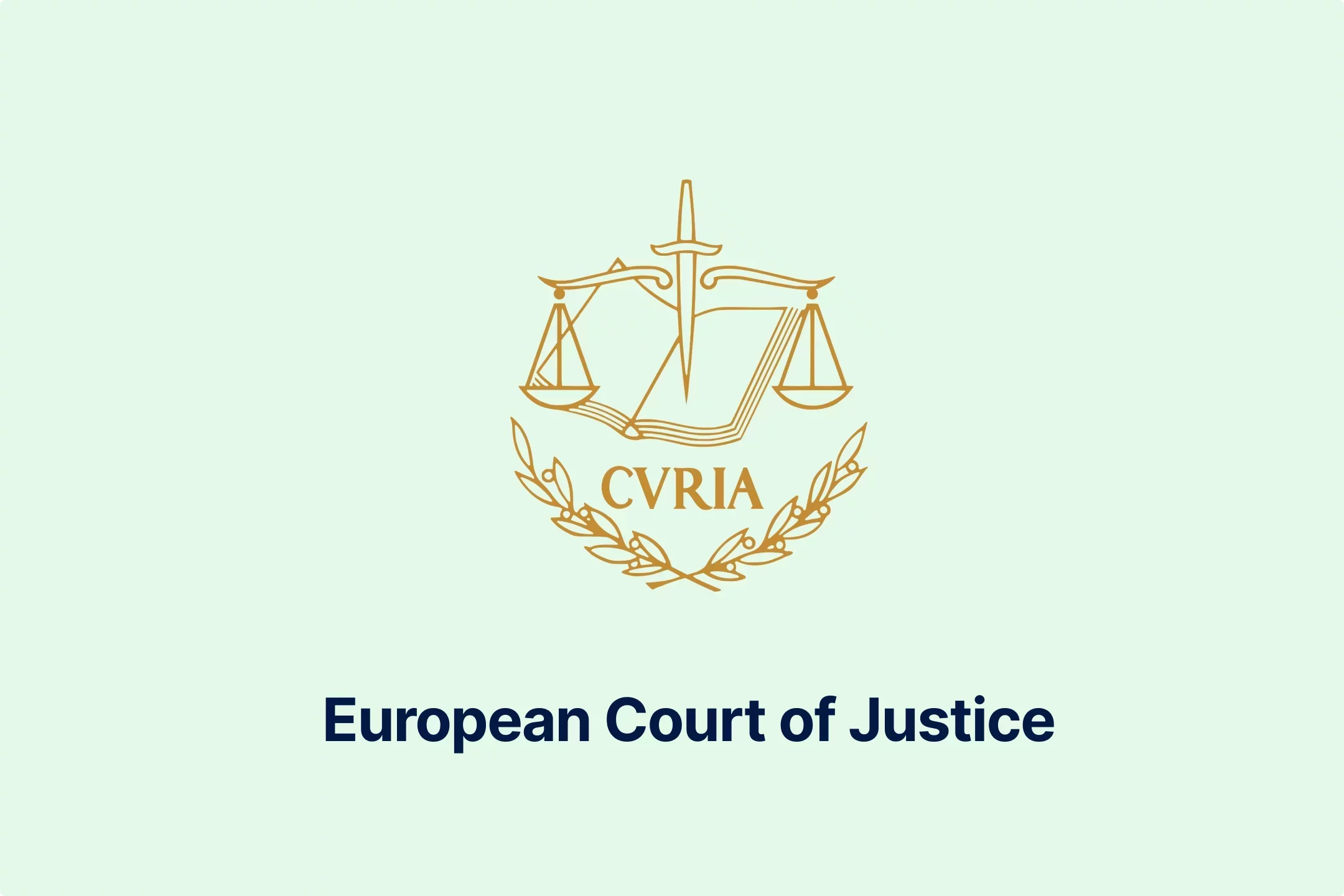
-atbhy5fyxv.webp)
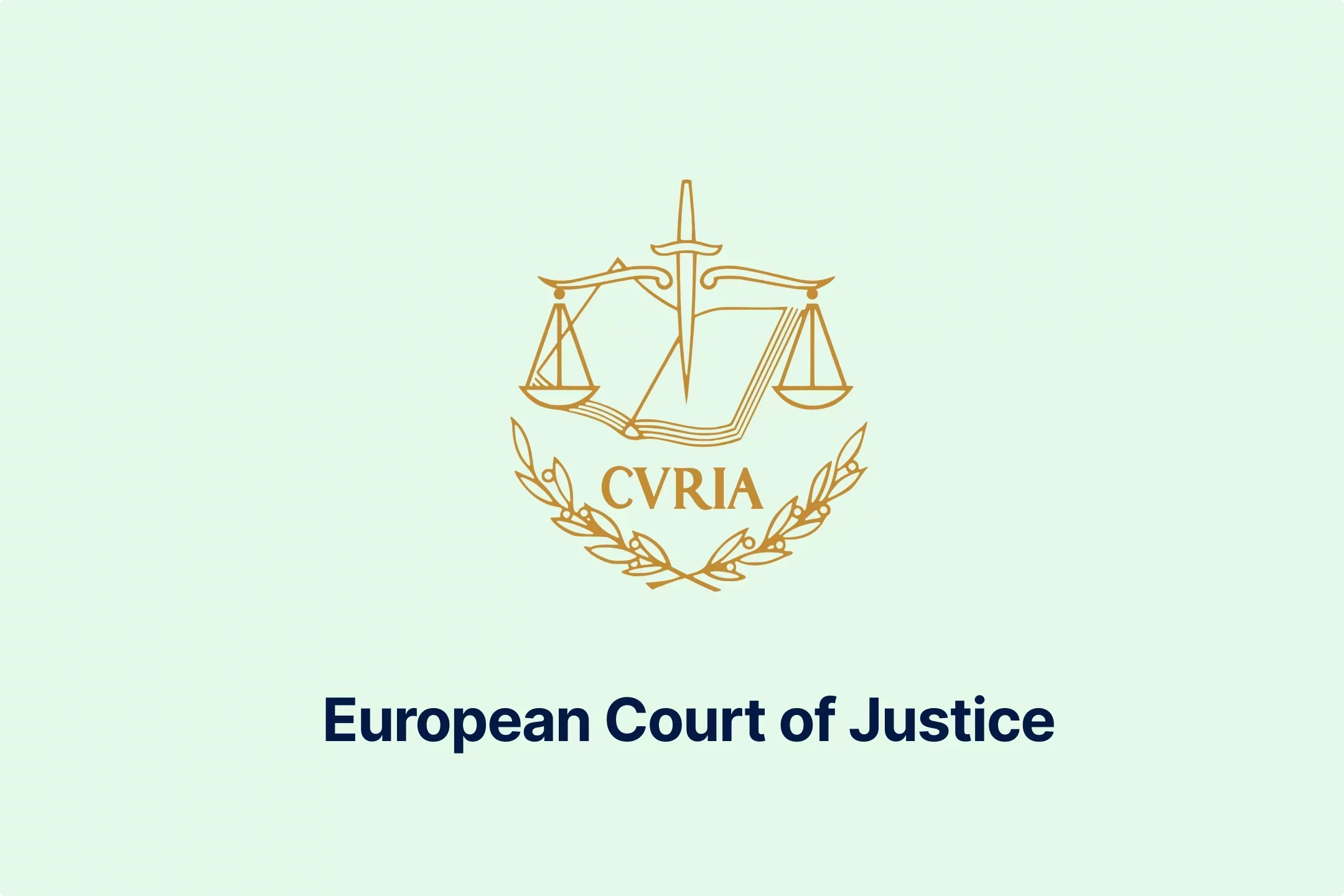
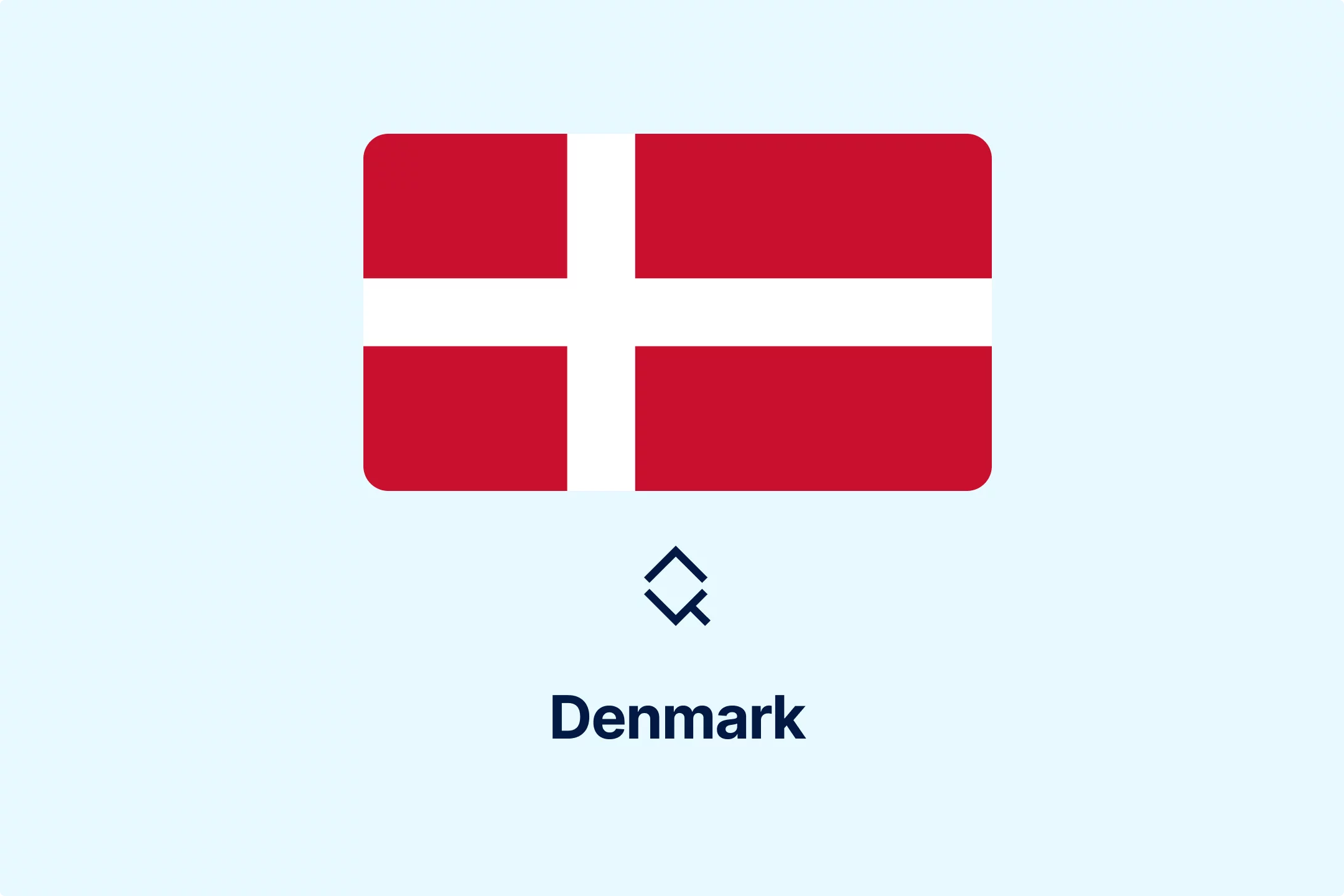


-zp2n6zixoa.webp)
-oa1ynbm4sn.webp)

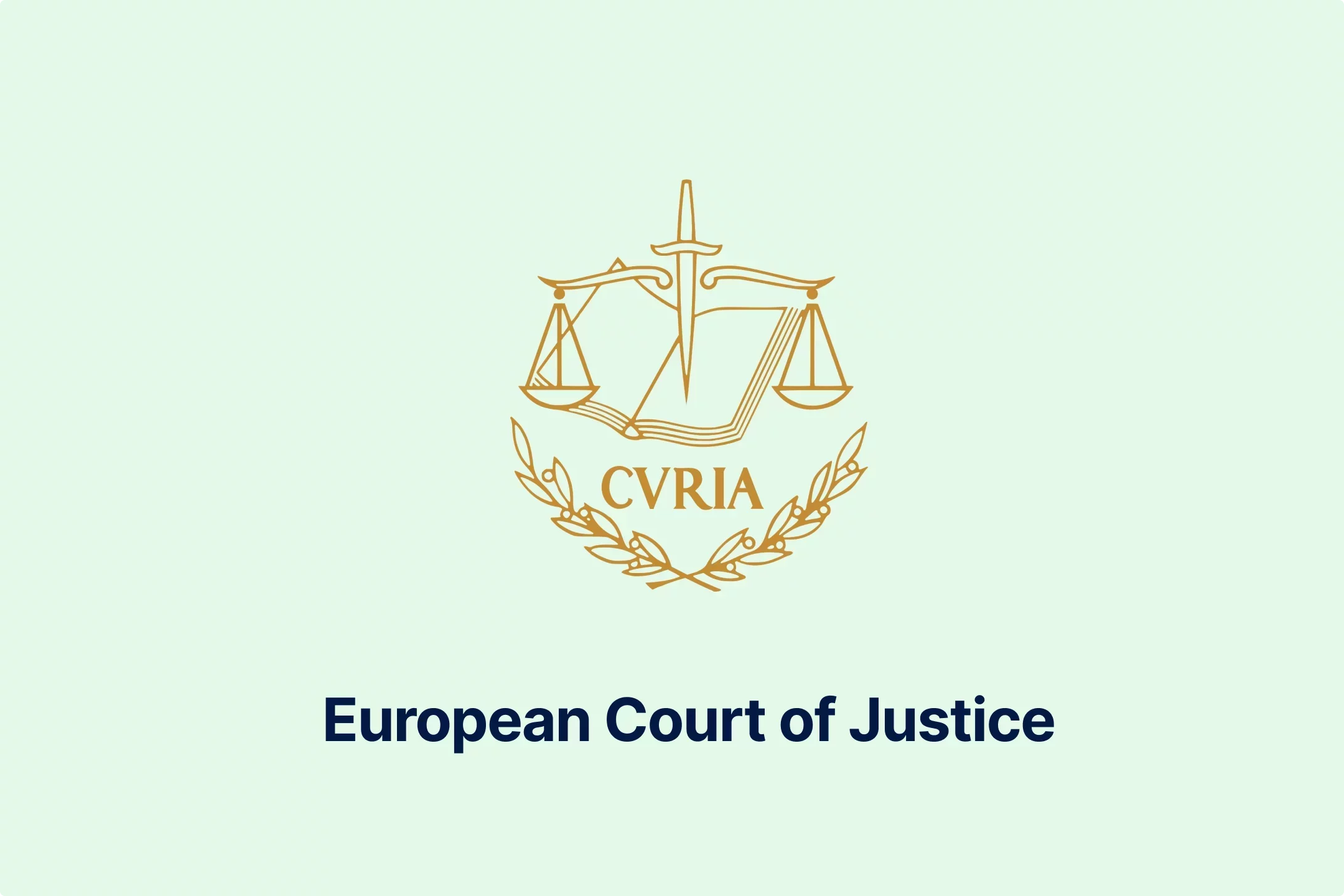
-lltkno6txy.webp)


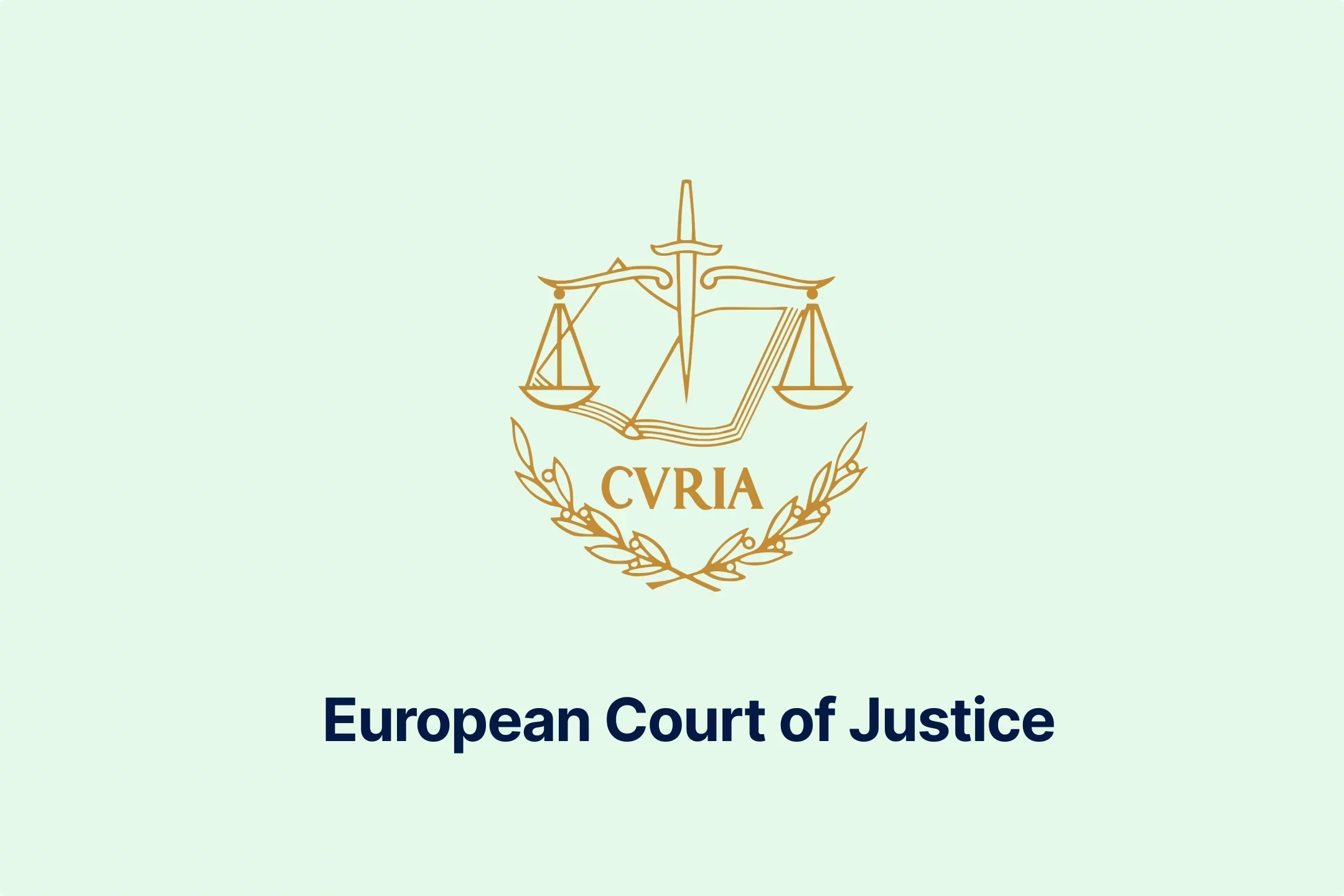
-do38odrqnq.webp)
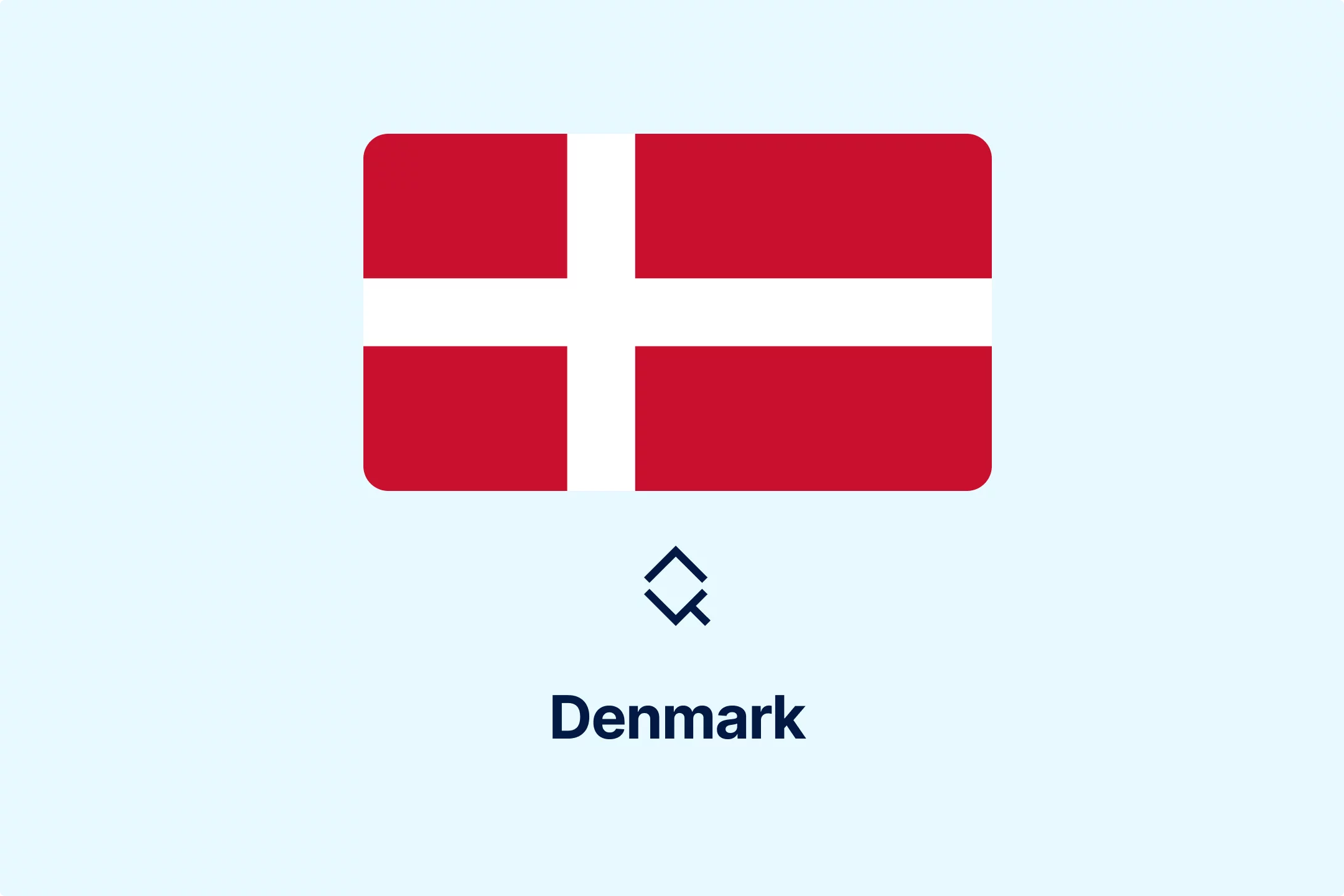
-t409oldqzt.webp)
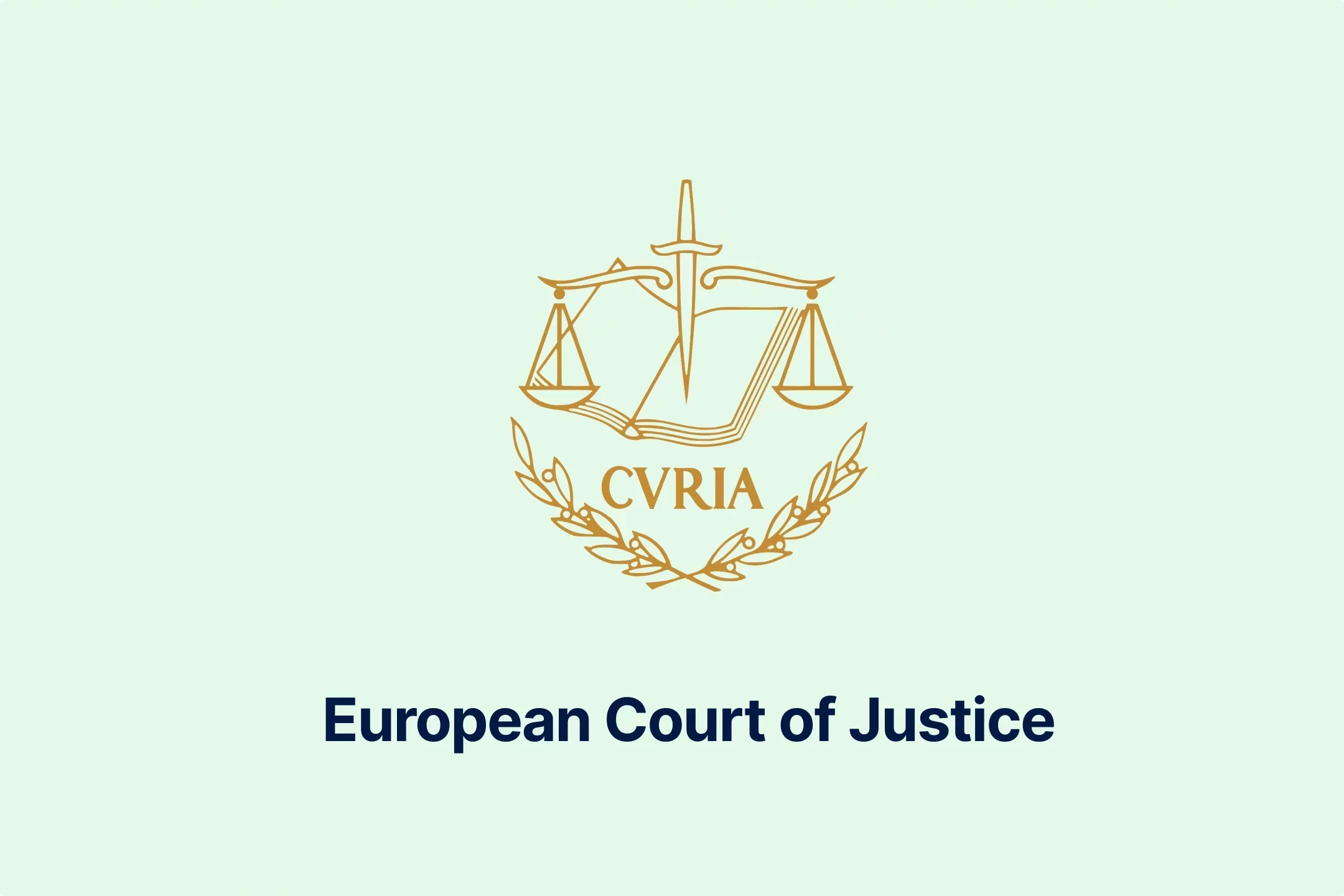
-hordopb6xh.webp)
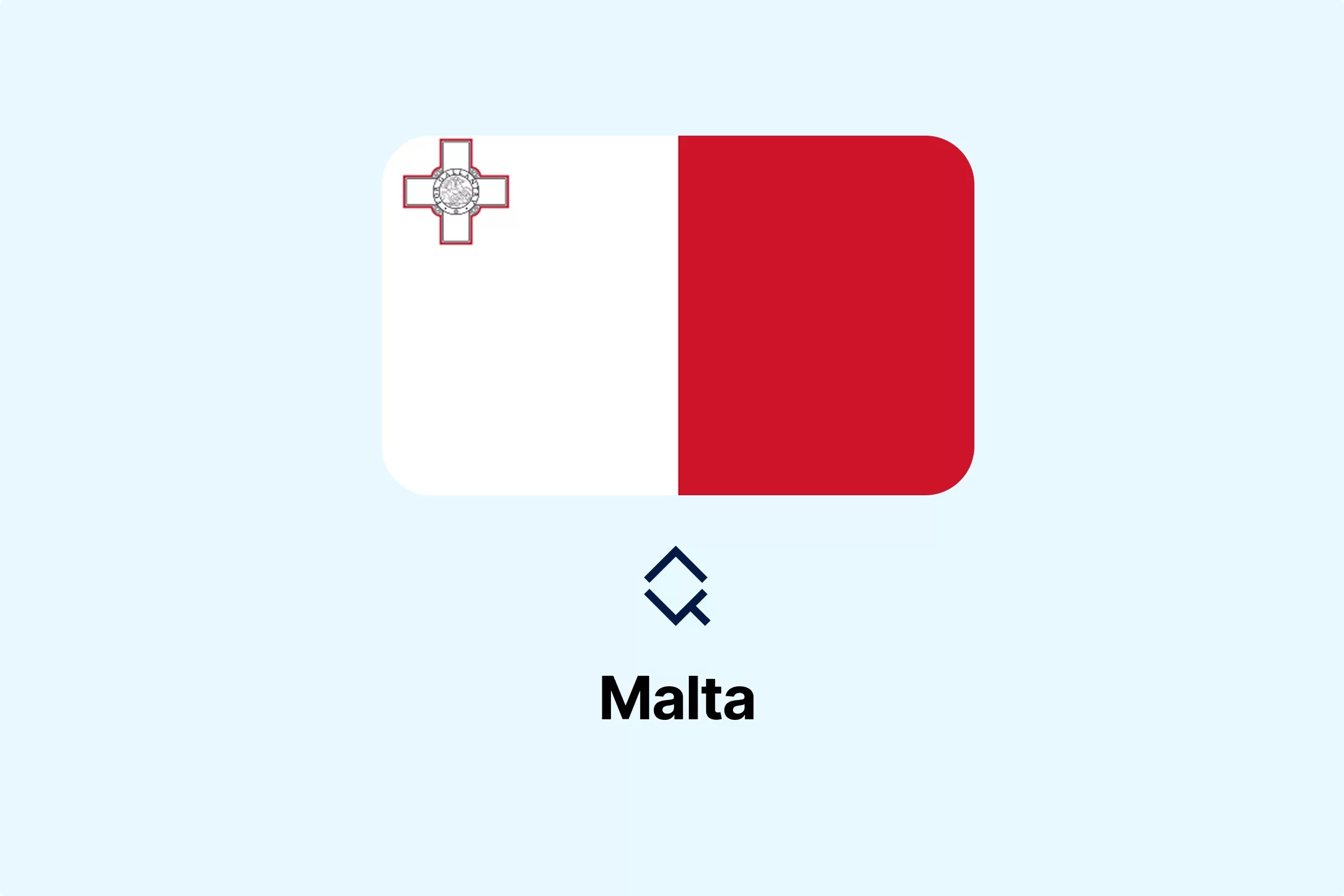
-ooimnrbete.webp)
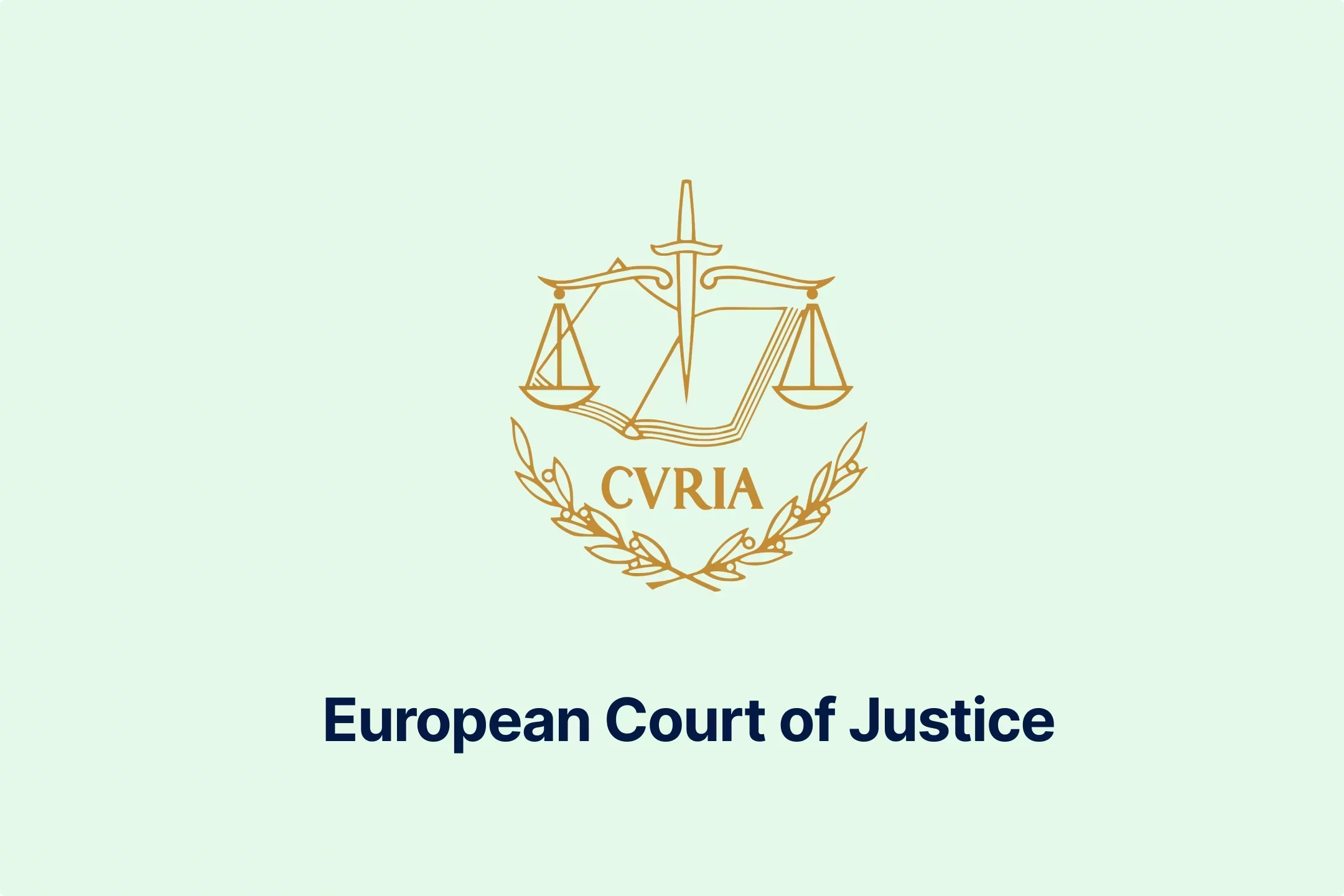
-lwb5qpsily.webp)

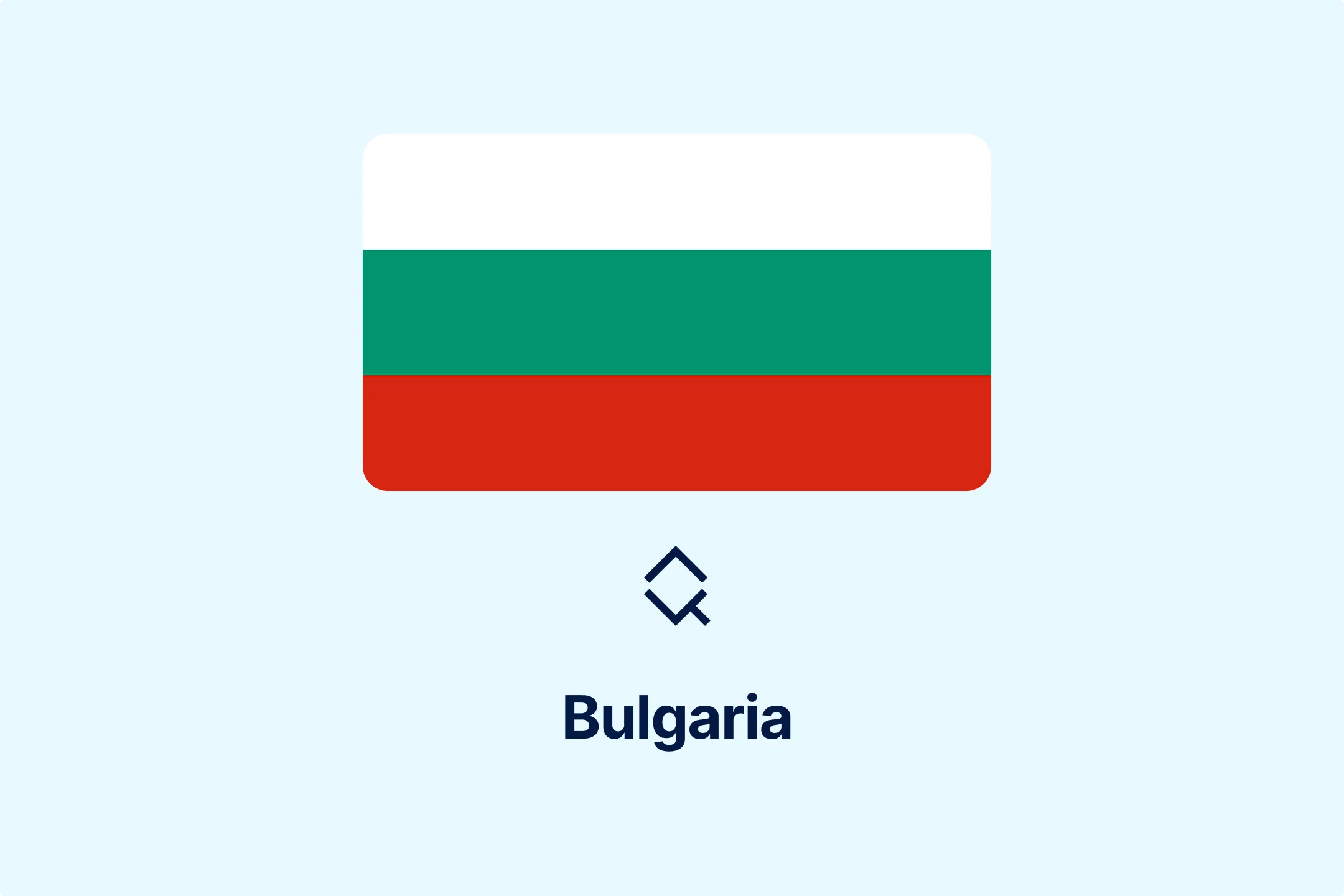
-eumafizrhm.webp)

-mtqp3va9gb.webp)
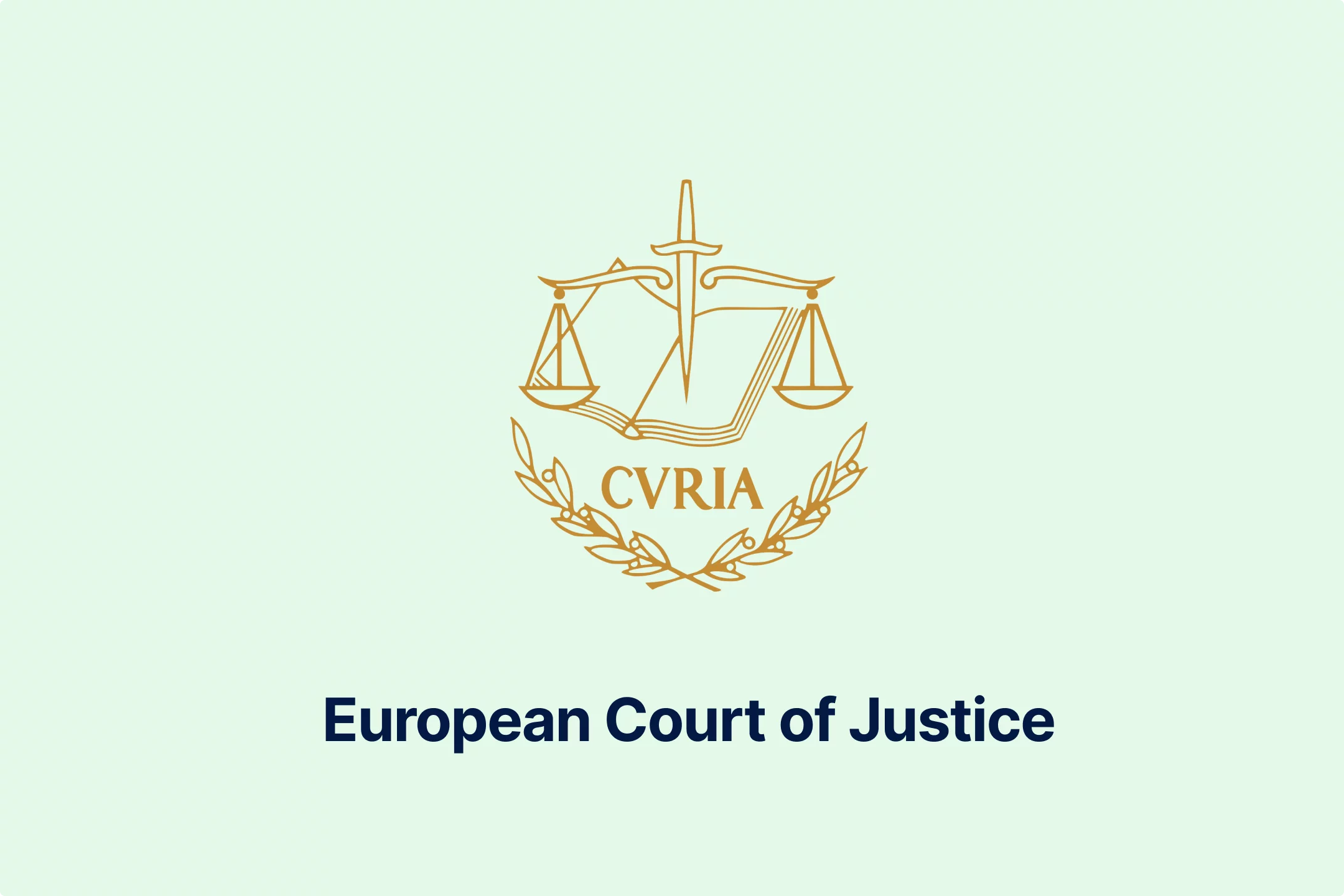
-3ewrn1yvfa.webp)
-591j35flz2.webp)
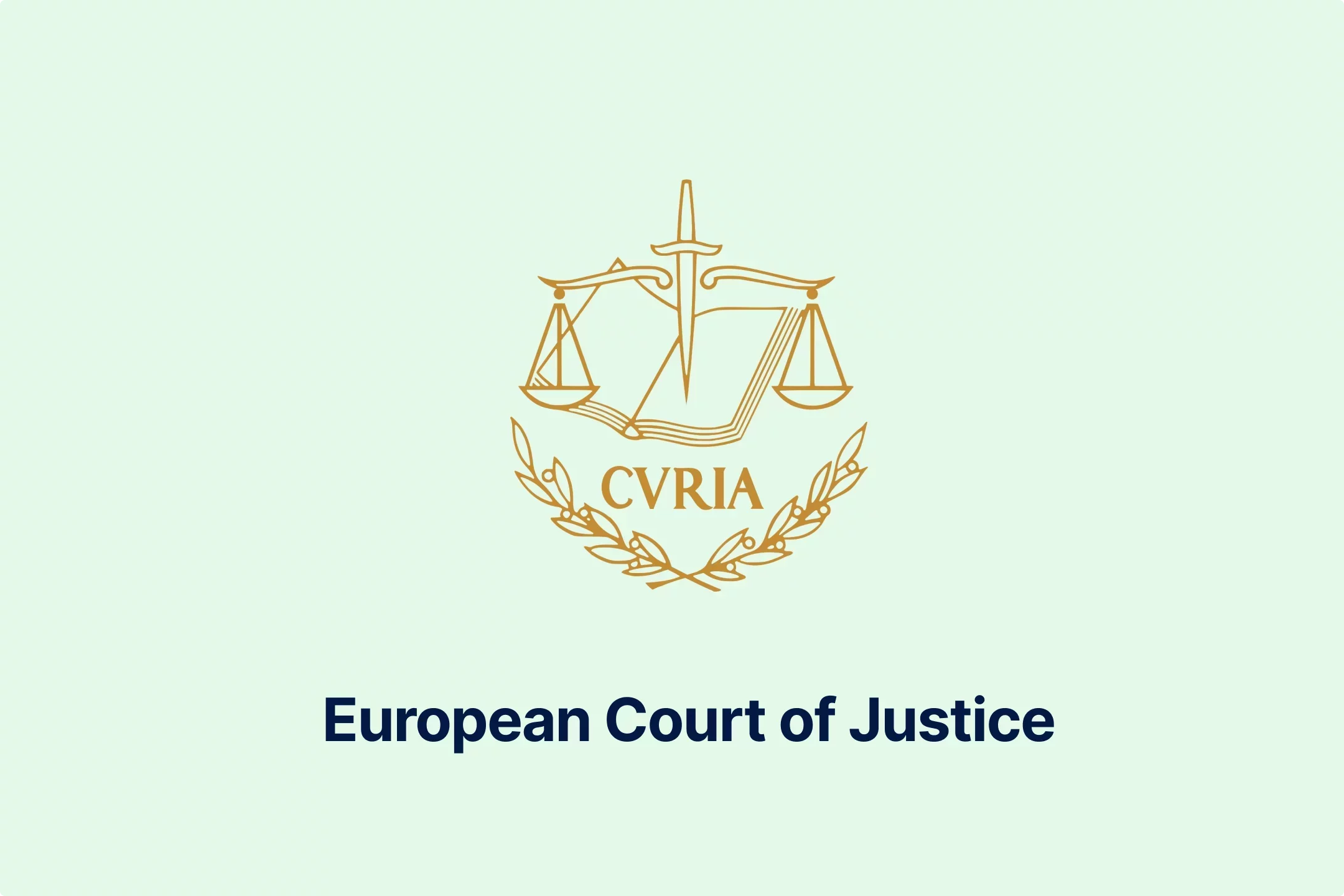
-huj3cam1de.webp)

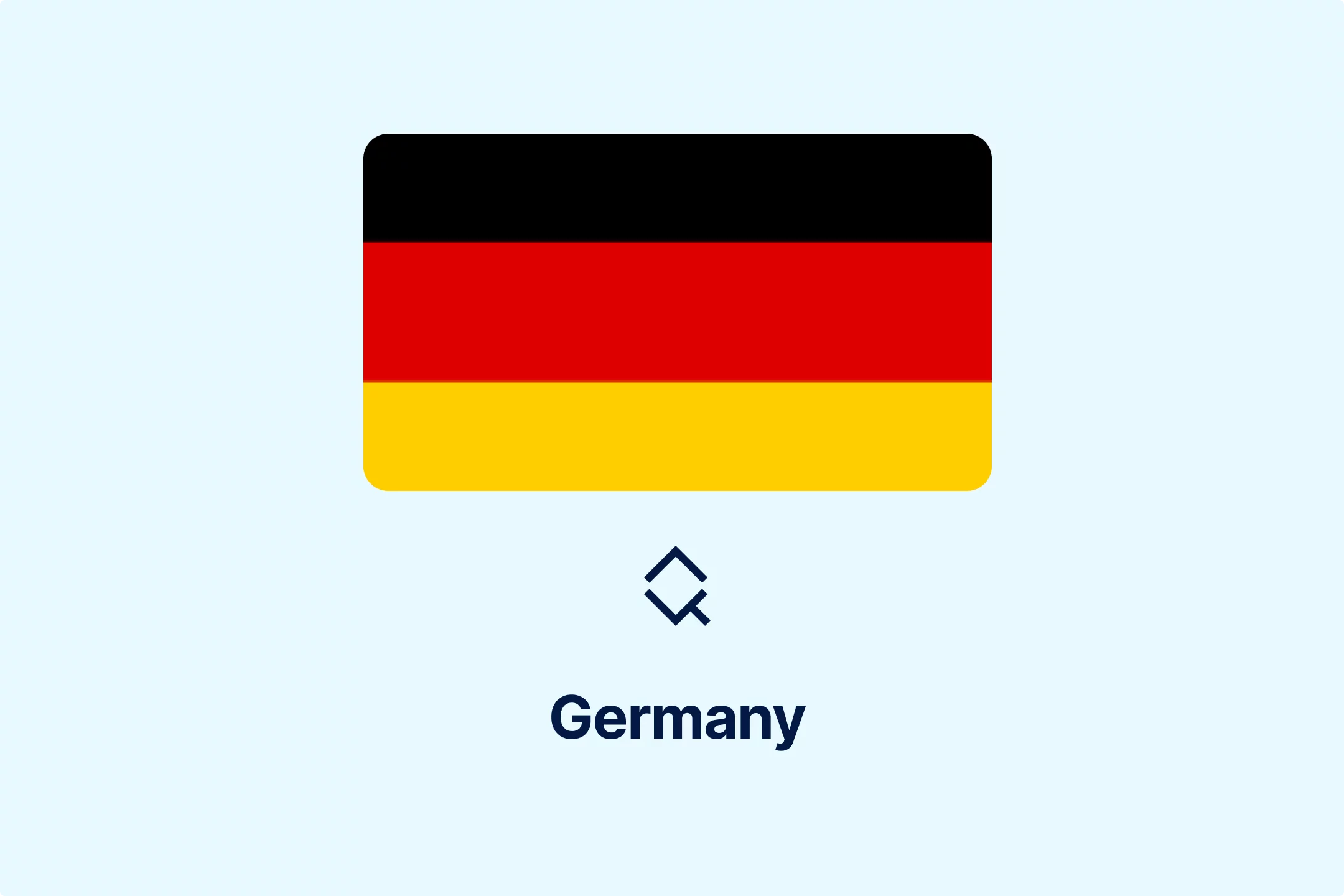
-hafis0ii23.webp)
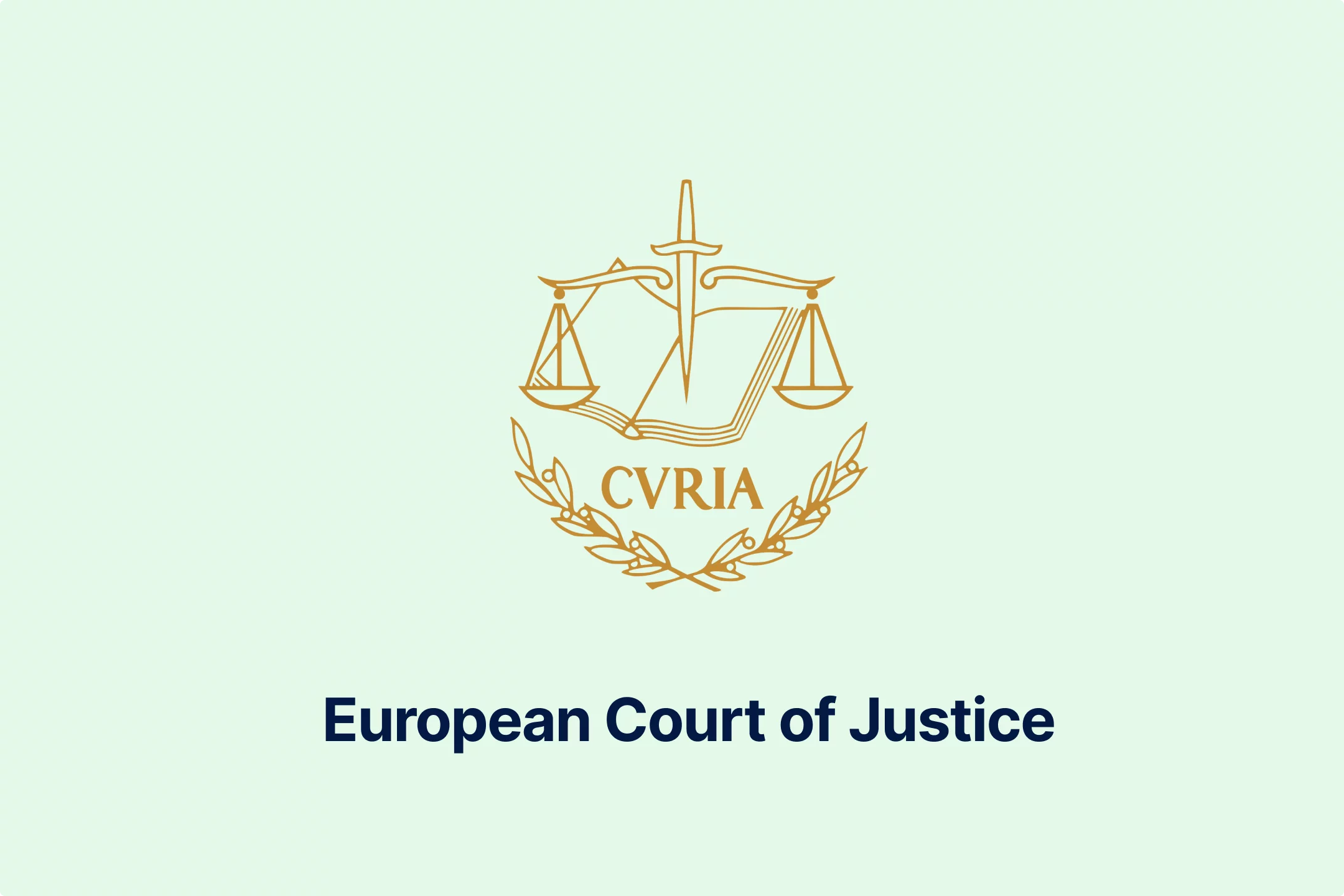
-qseaw5zmcy.webp)


-qzsah2ifqx.webp)
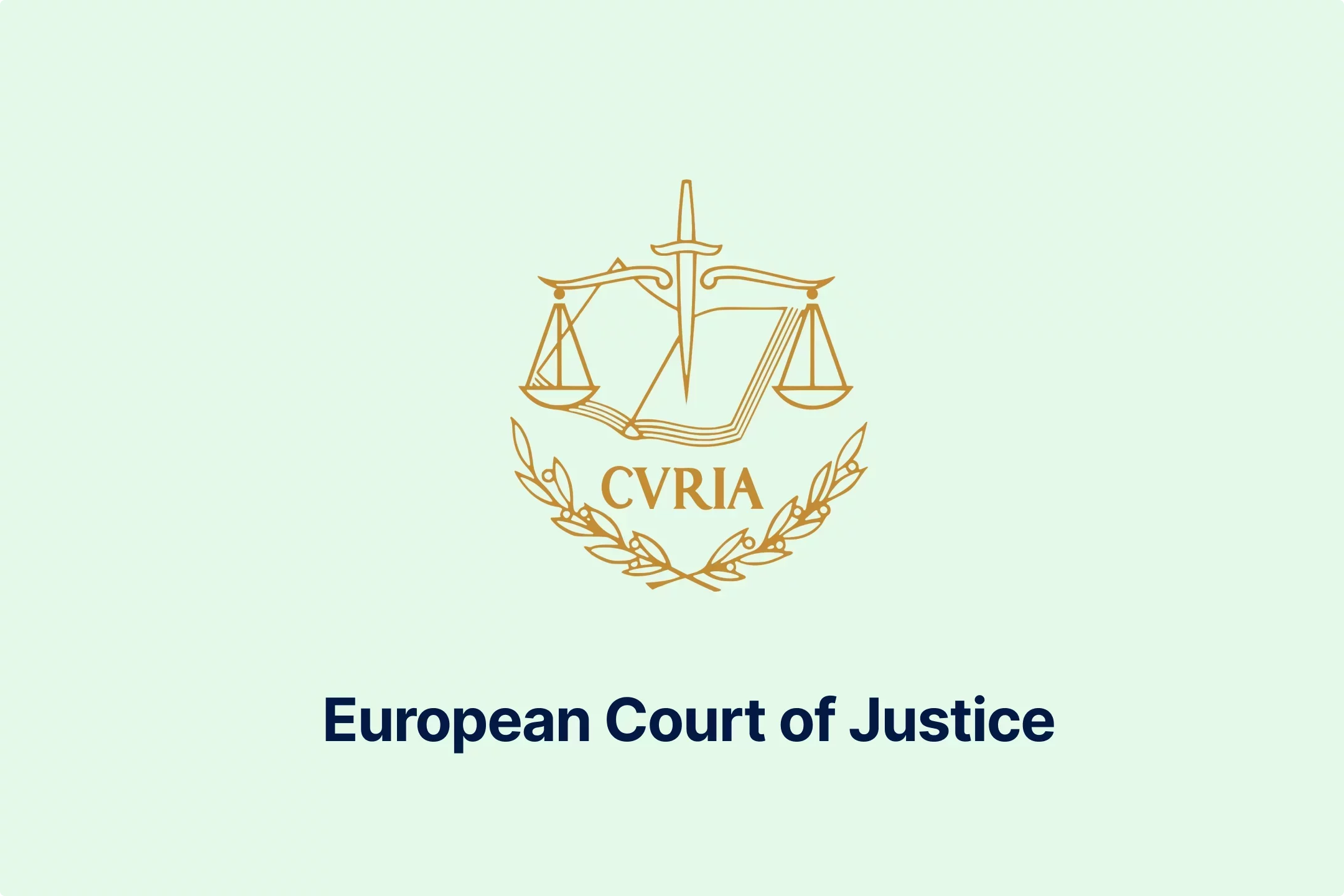
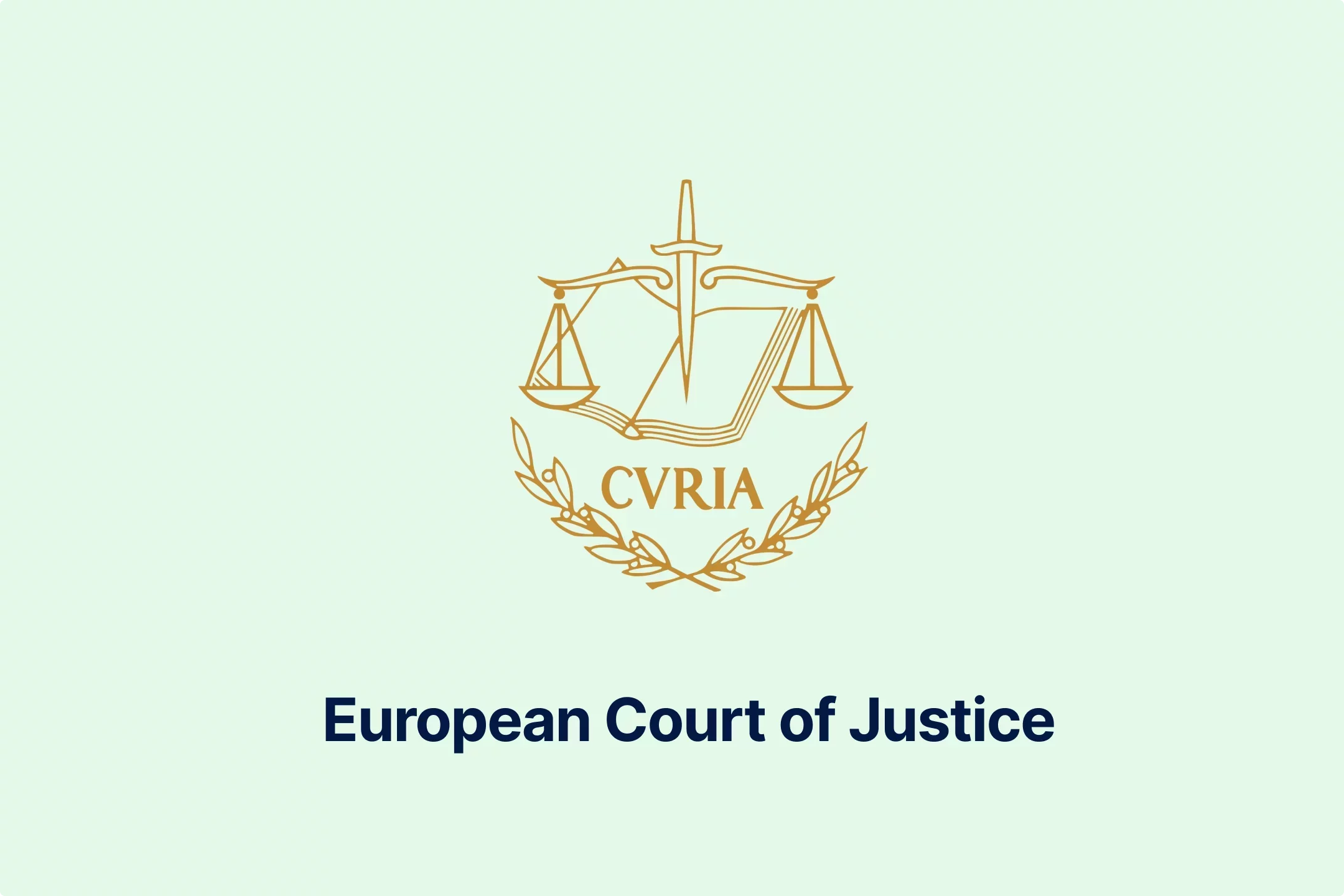
-69rzooghib.webp)
-wrvng98m0g.webp)
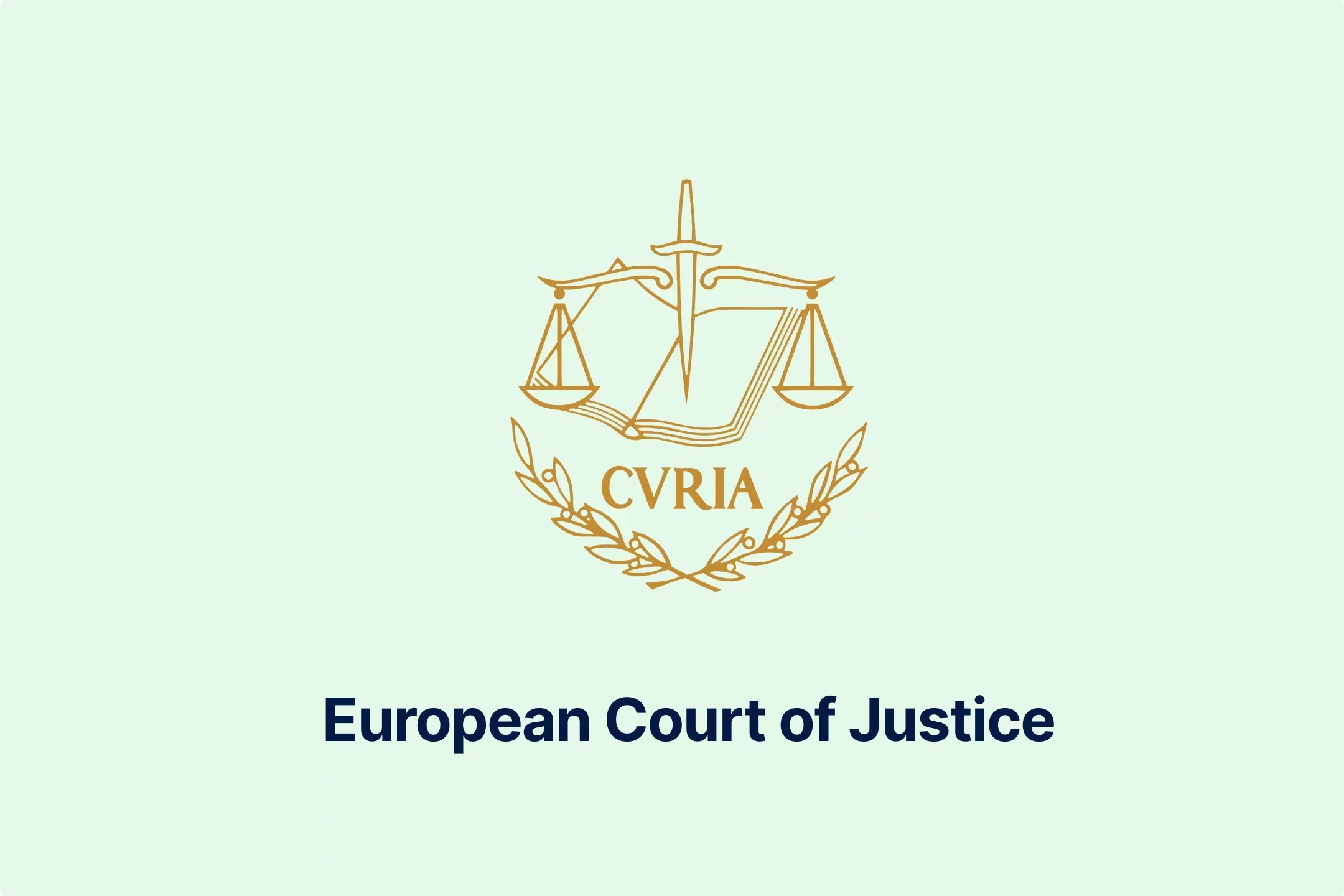
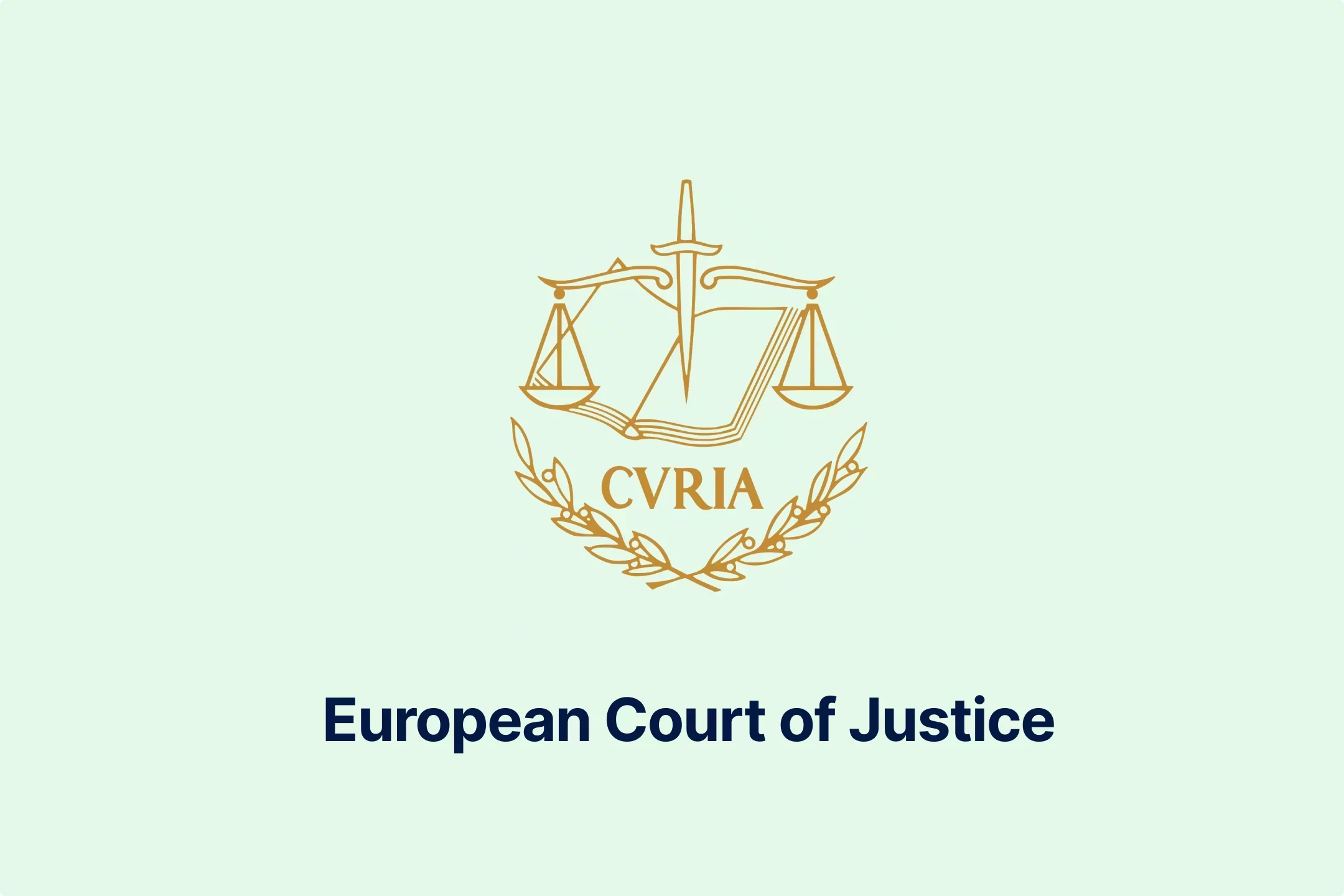
-psucycuxh2.webp)
-klyo8bn5lc.webp)
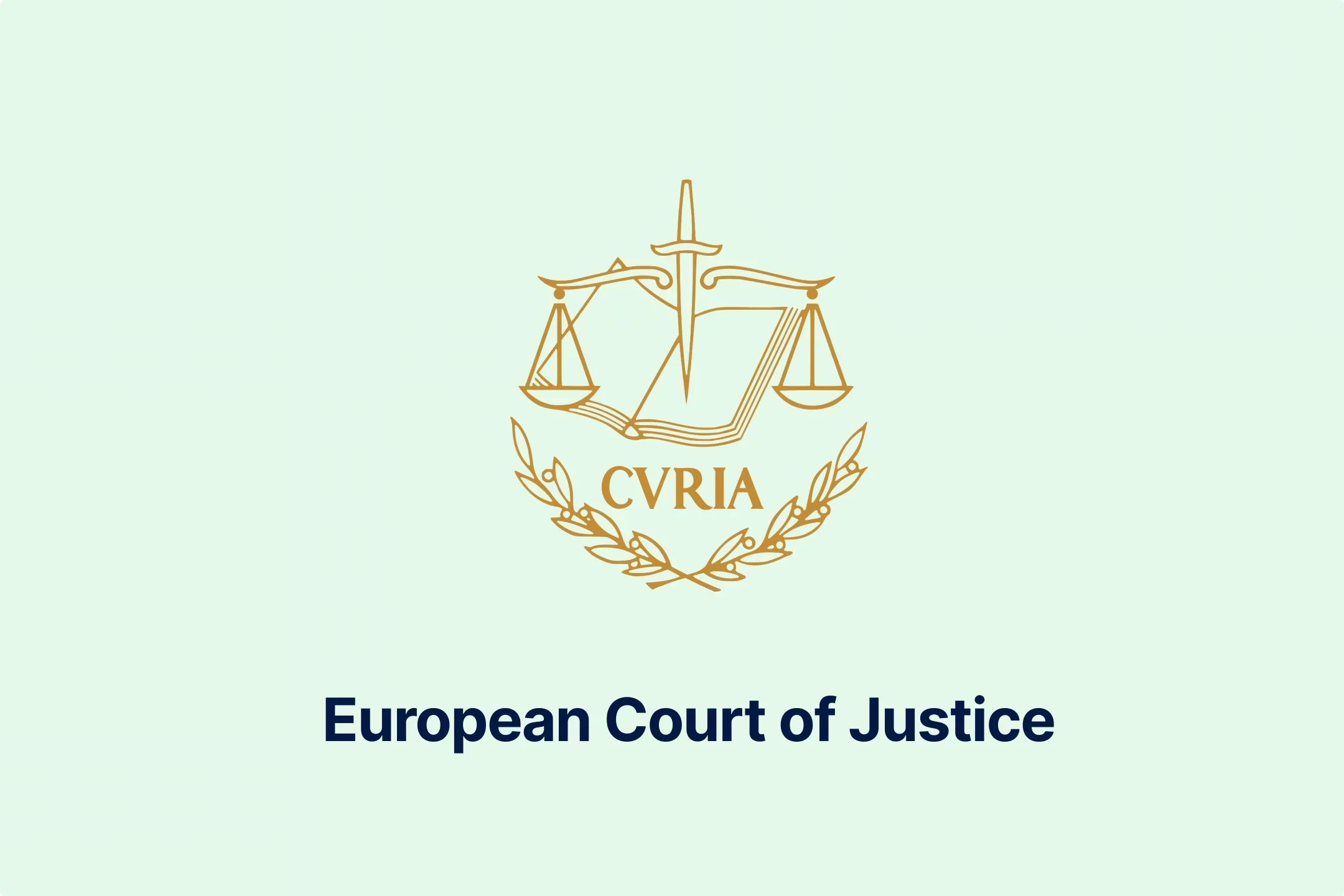



-6wv5h5eyyd.webp)
-tfgg78rbid.webp)
-a6jpv9ny8v.webp)
-qhdbapy0qr.webp)
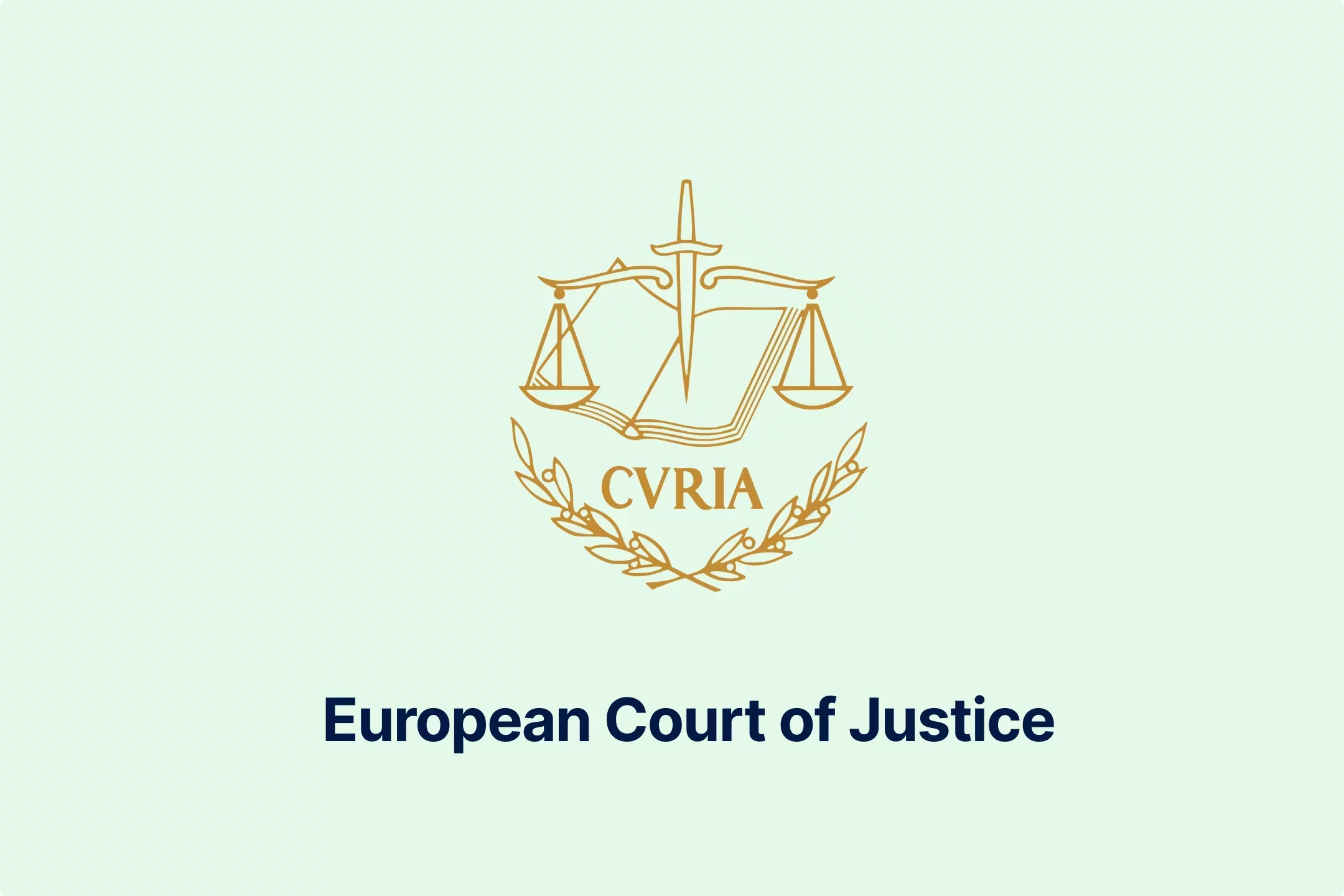
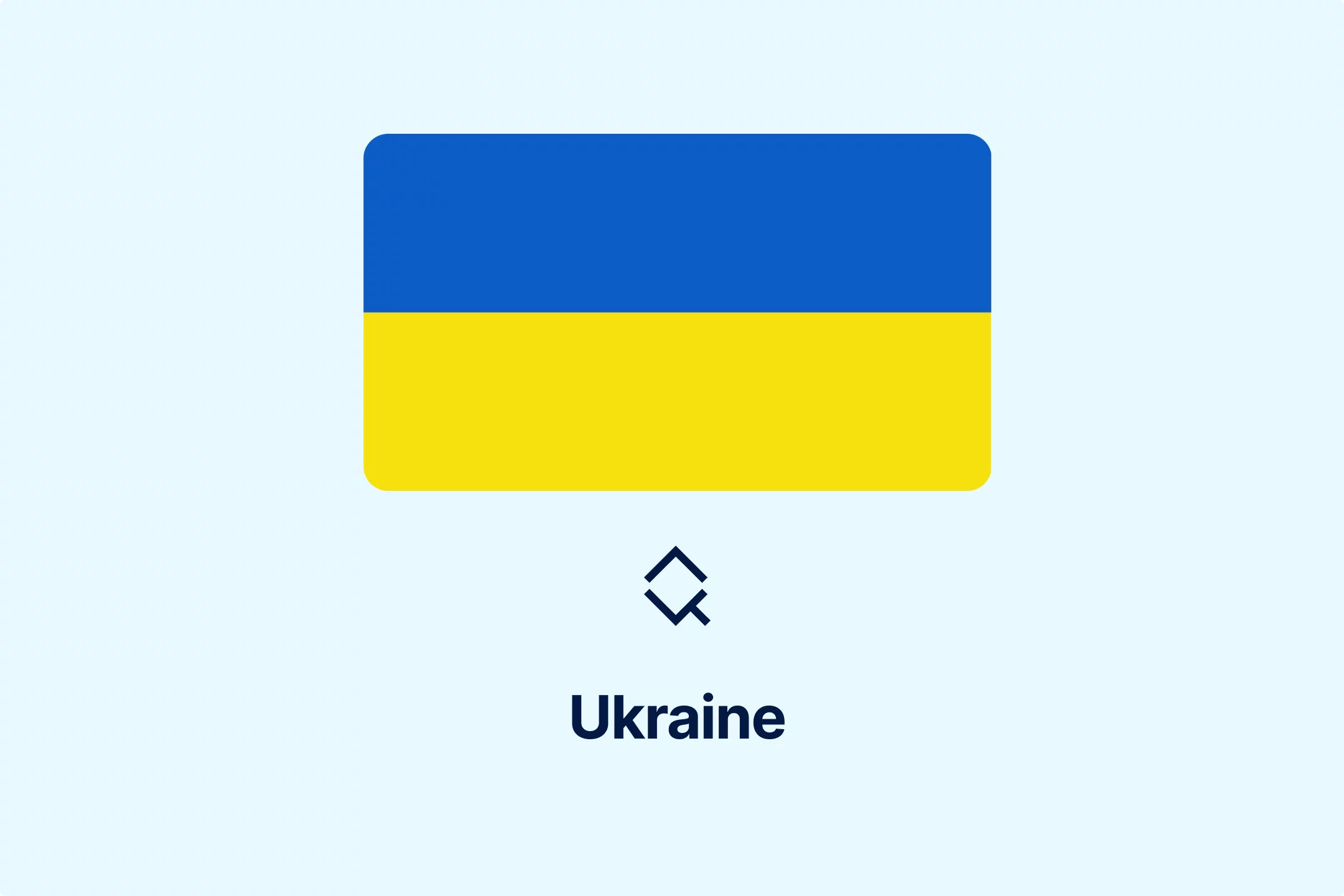
-owvu7zoc13.webp)
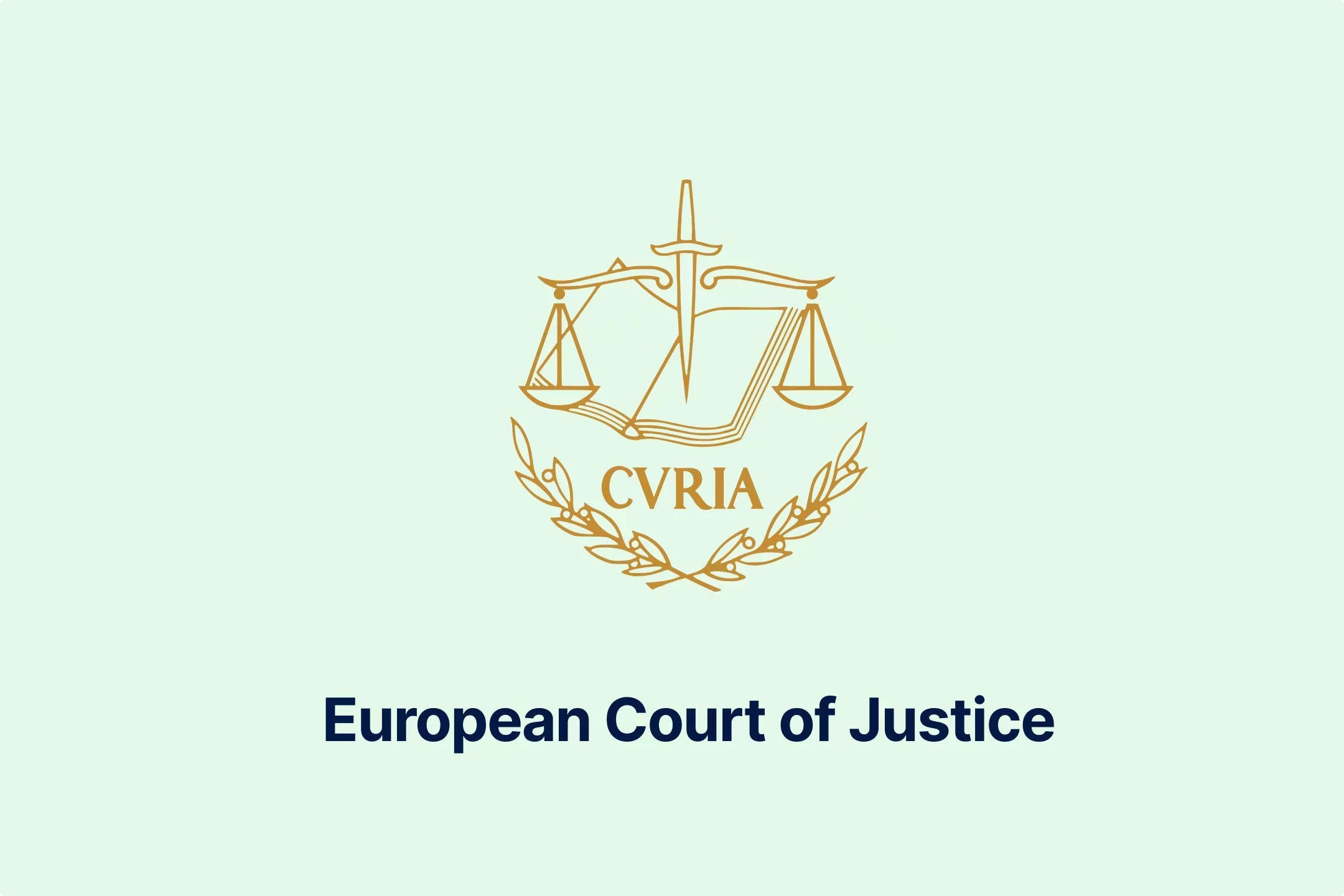

-h28jrh1ukm.webp)
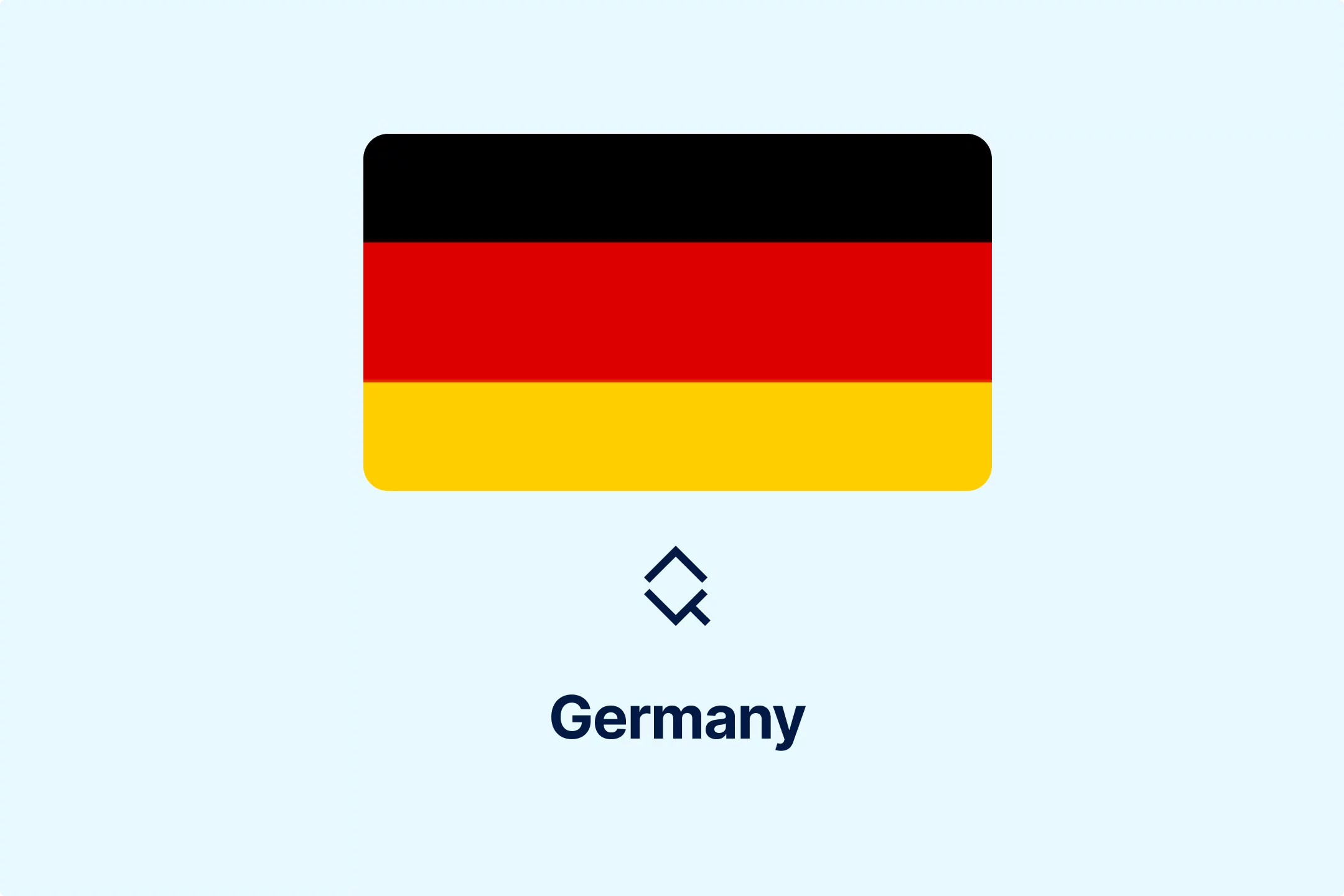
-wl9bl1rw3a.webp)
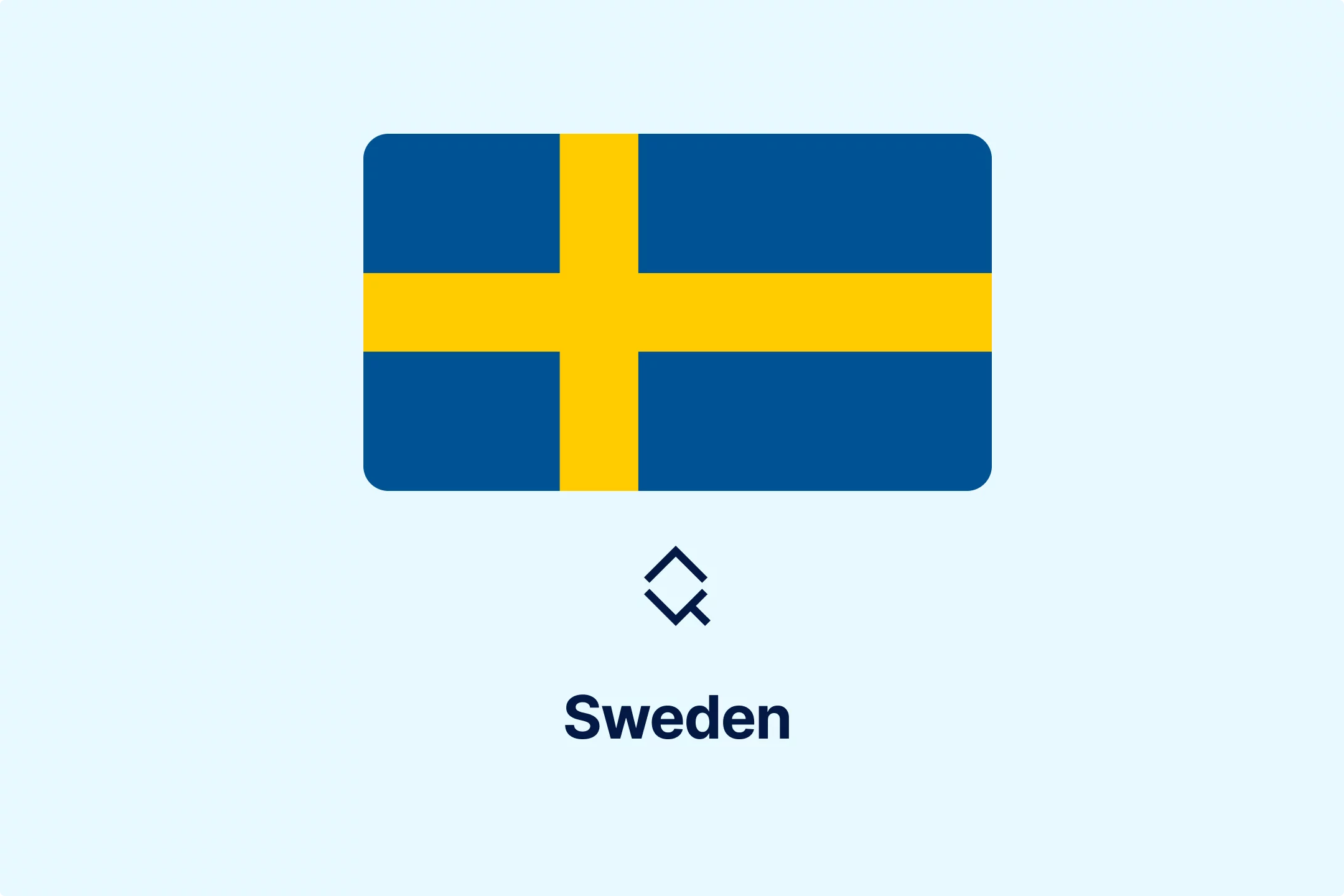
-2w76jtvtuk.webp)

-c0uvrmrq9j.webp)
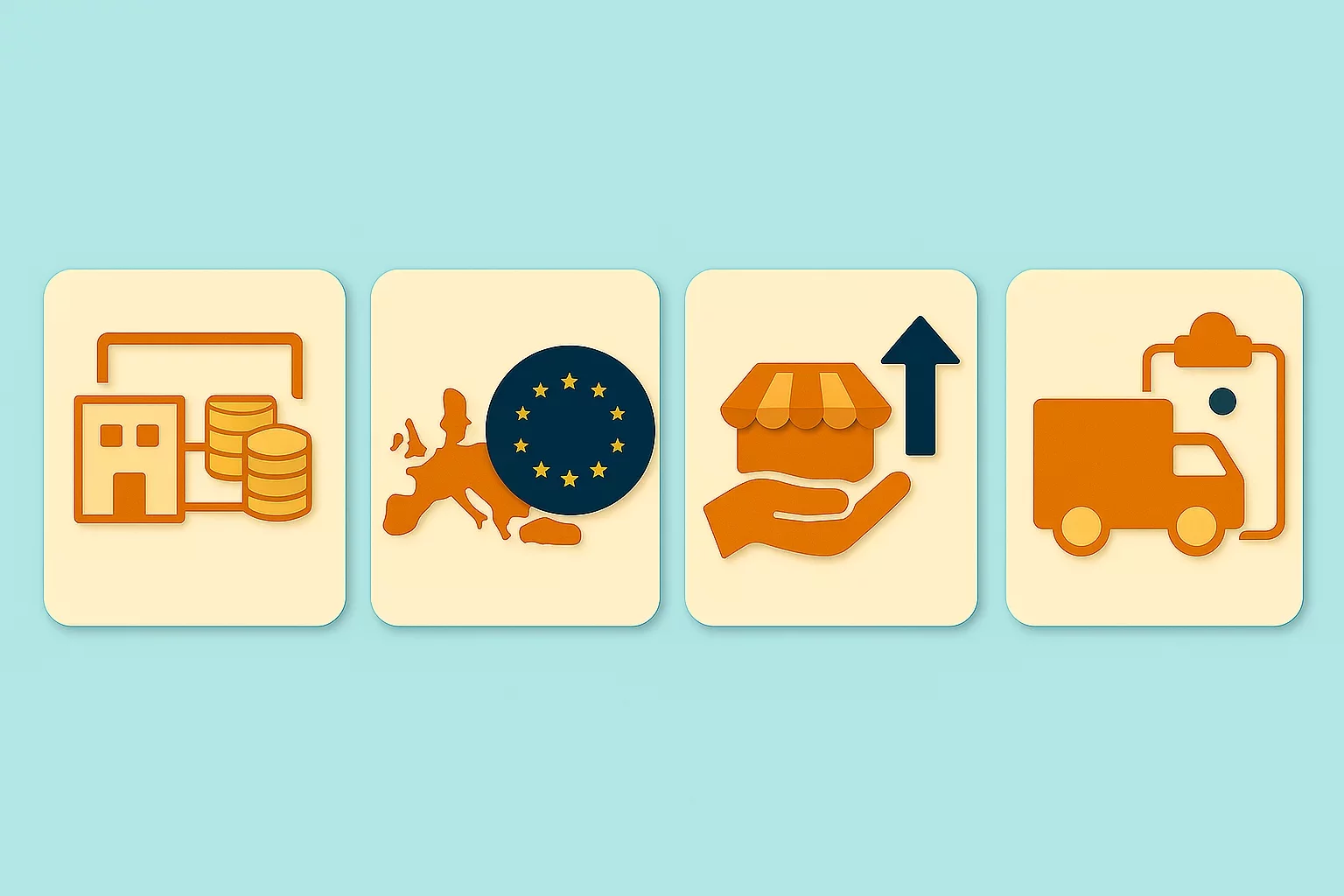
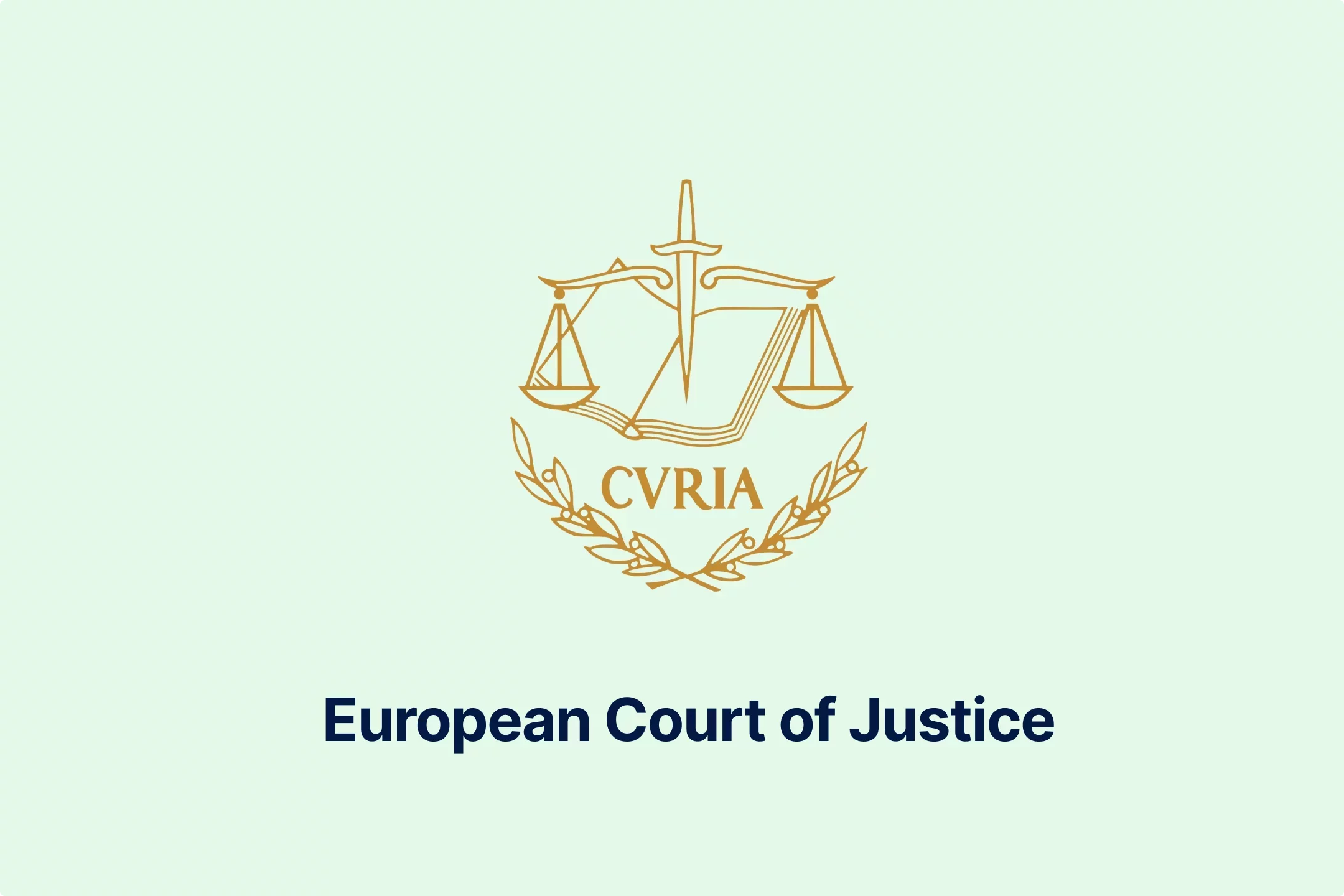
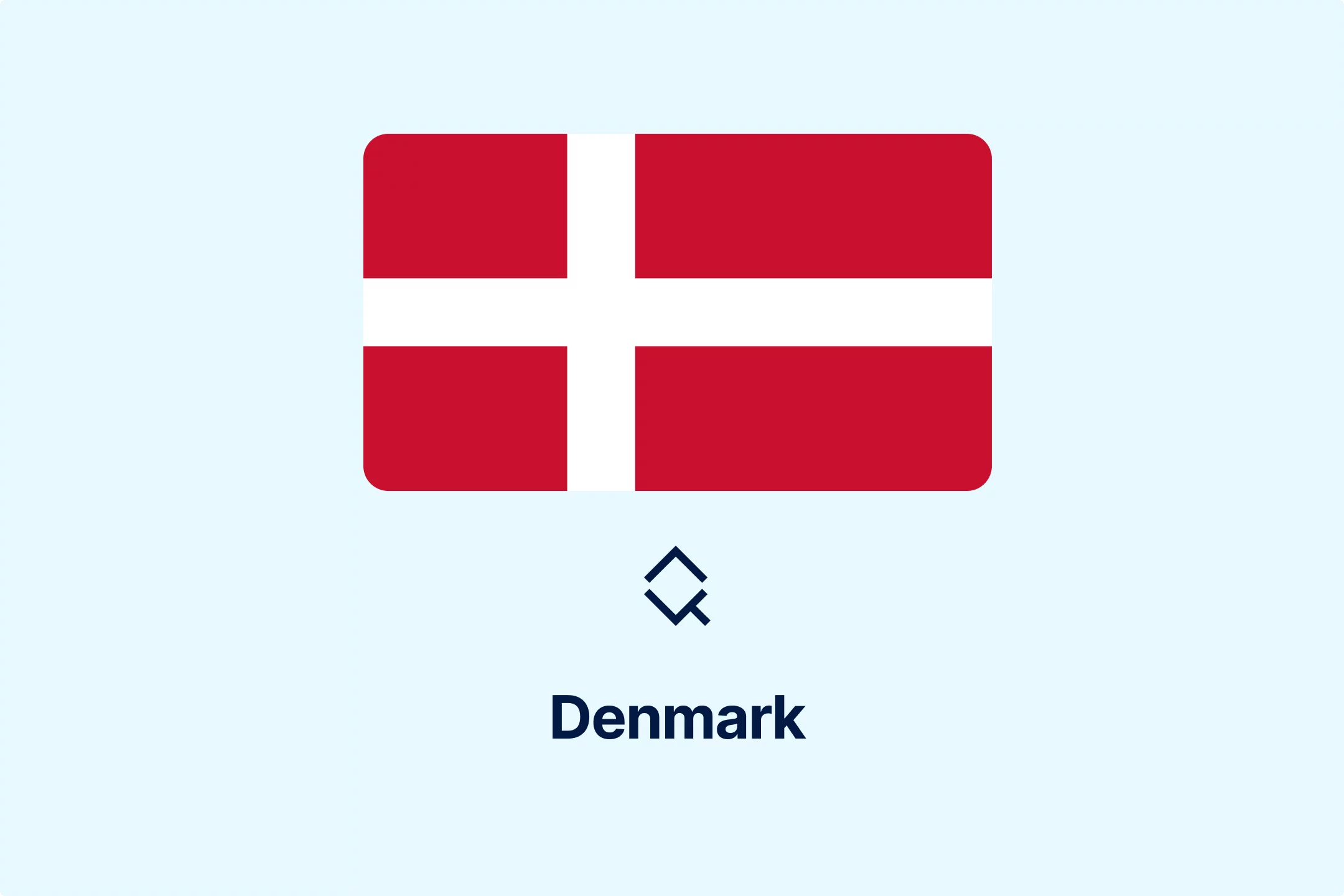
-pofe7ucwz3.webp)
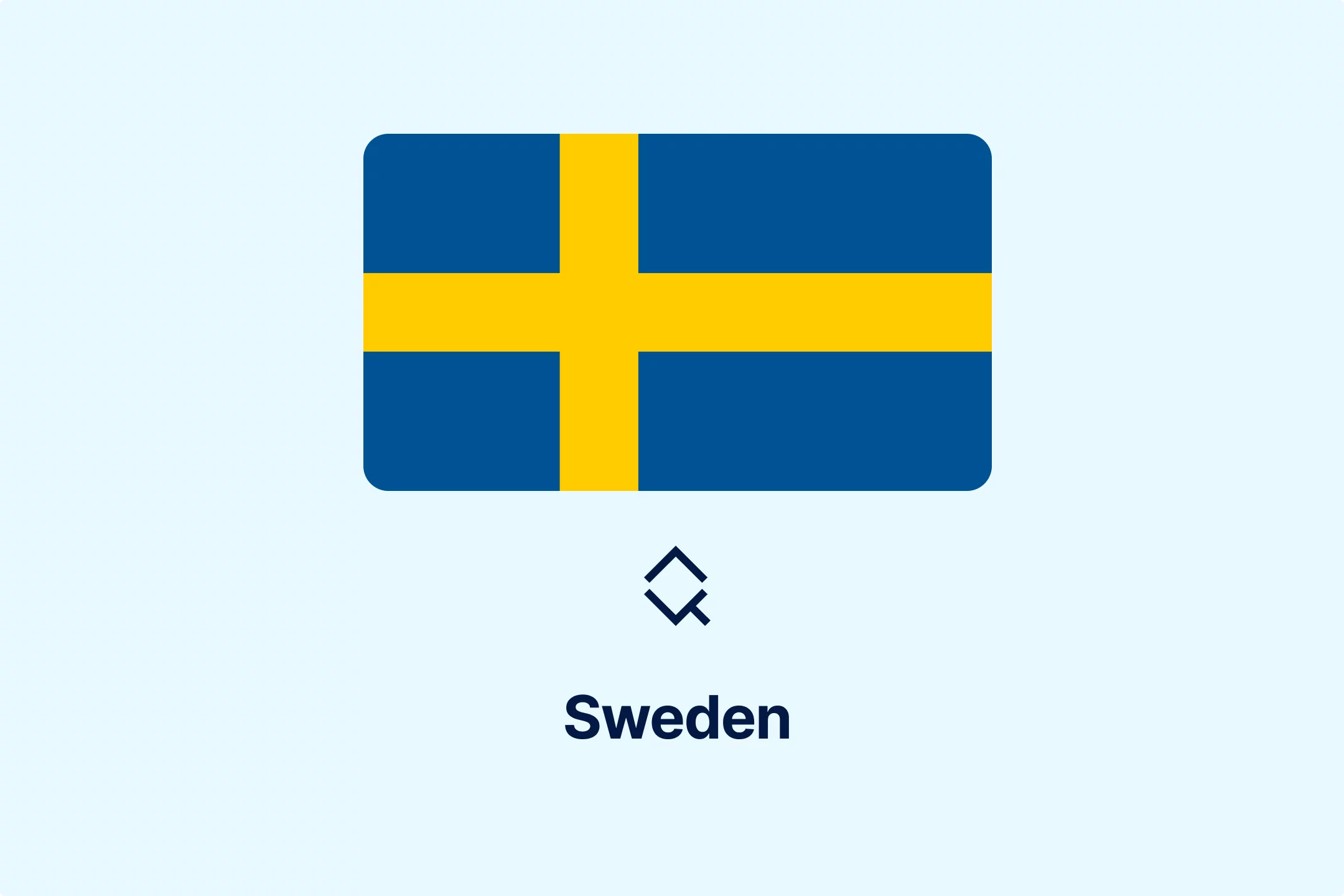

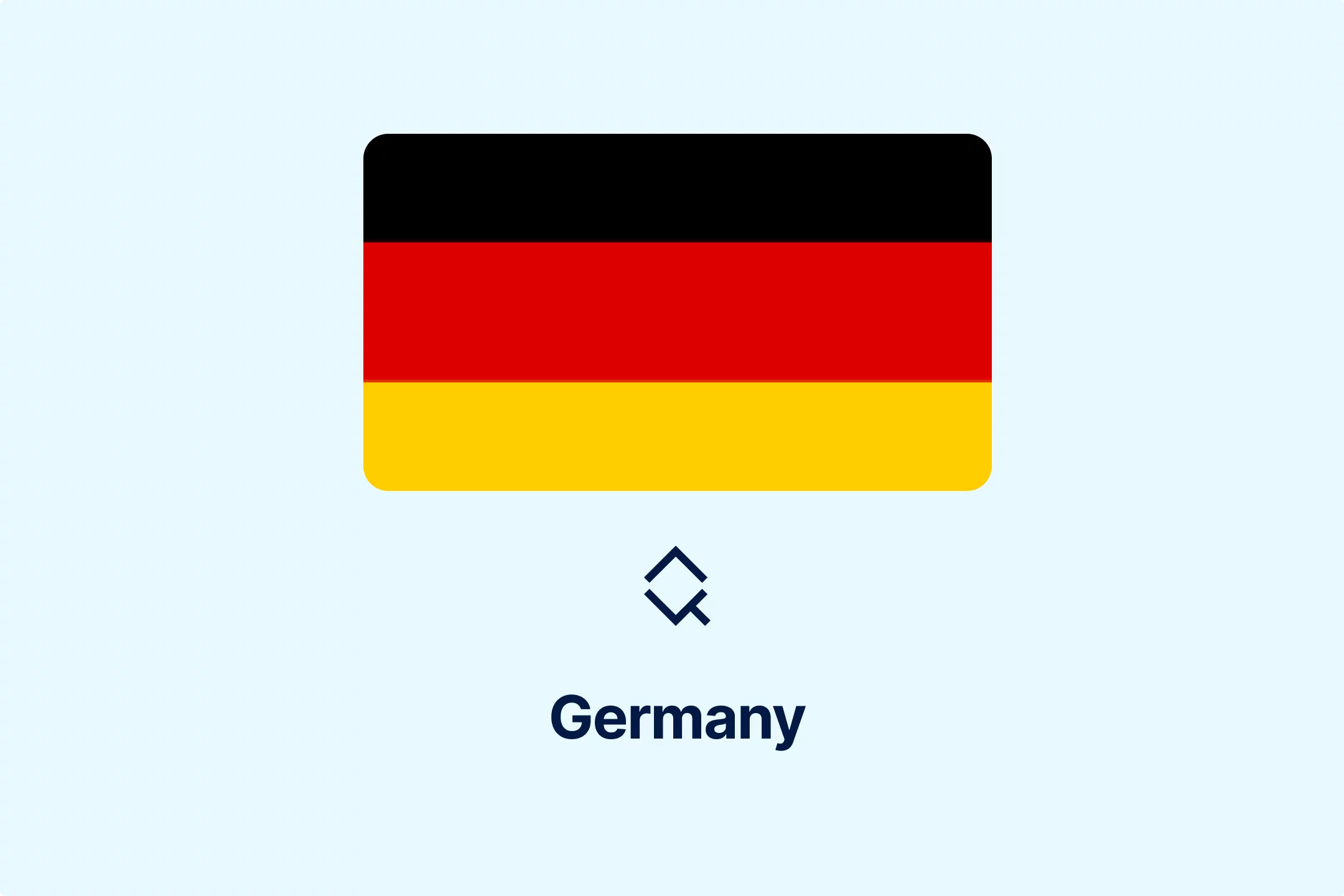
-5cc23ezxyf.webp)
-rrmabbekeb.webp)
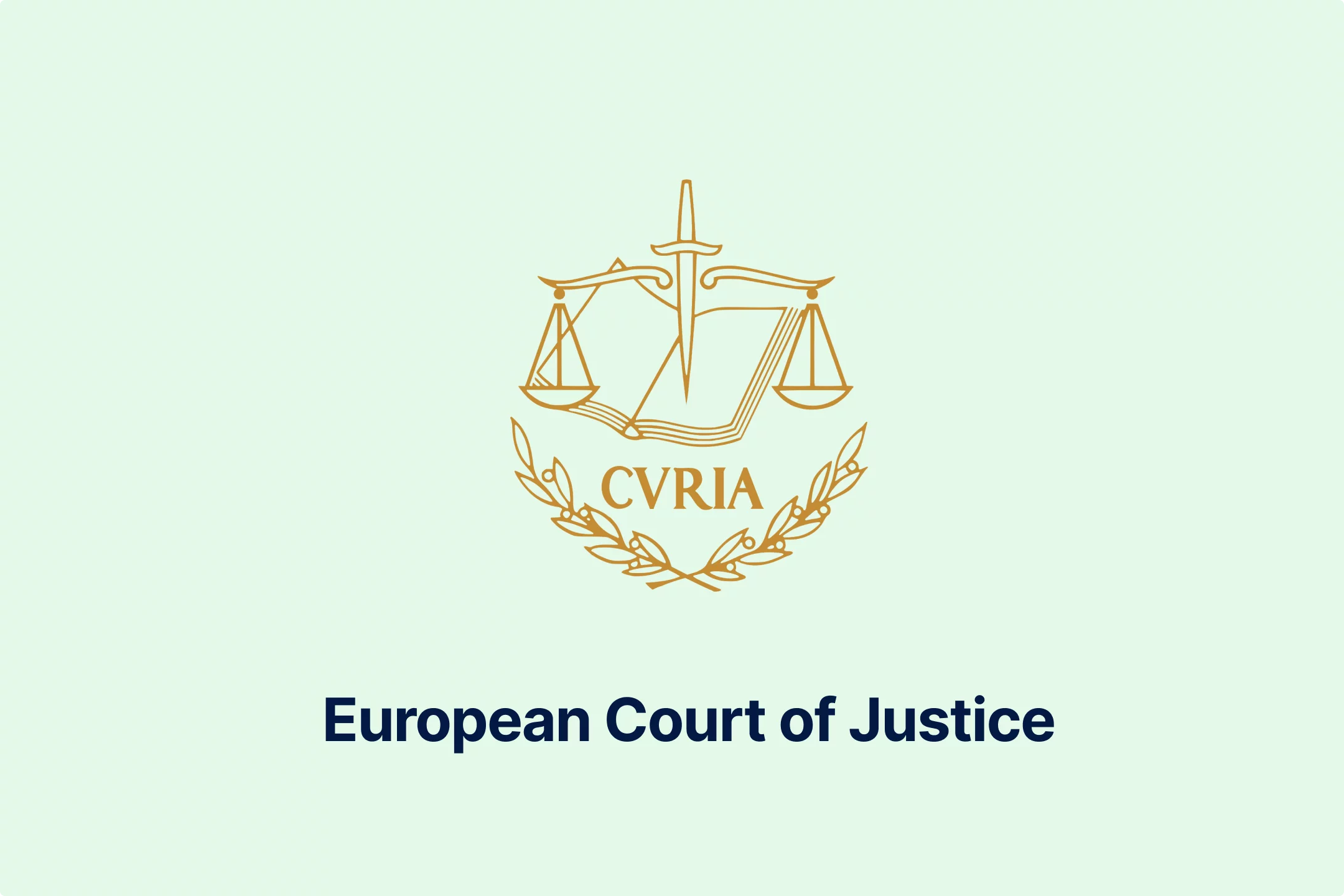
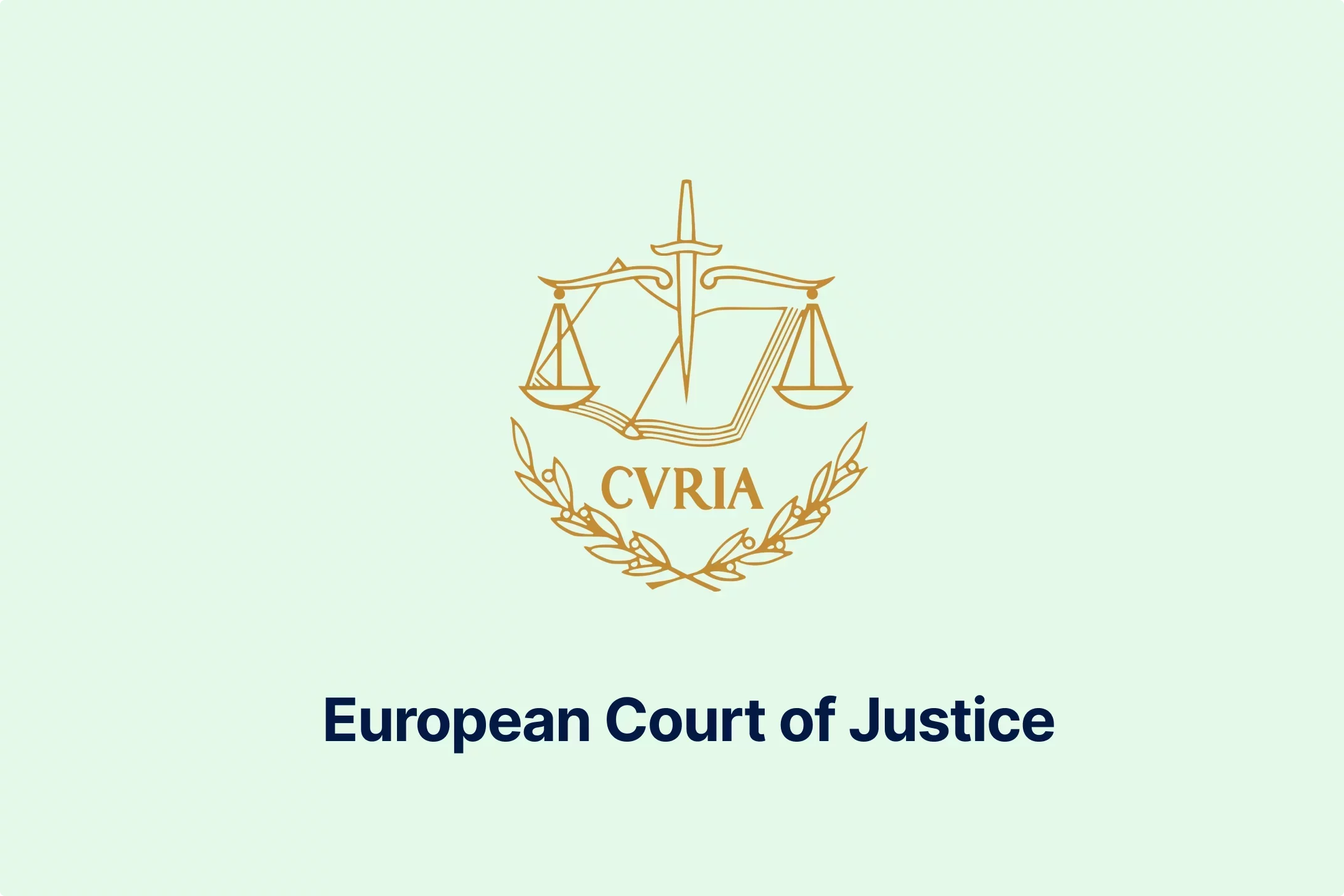
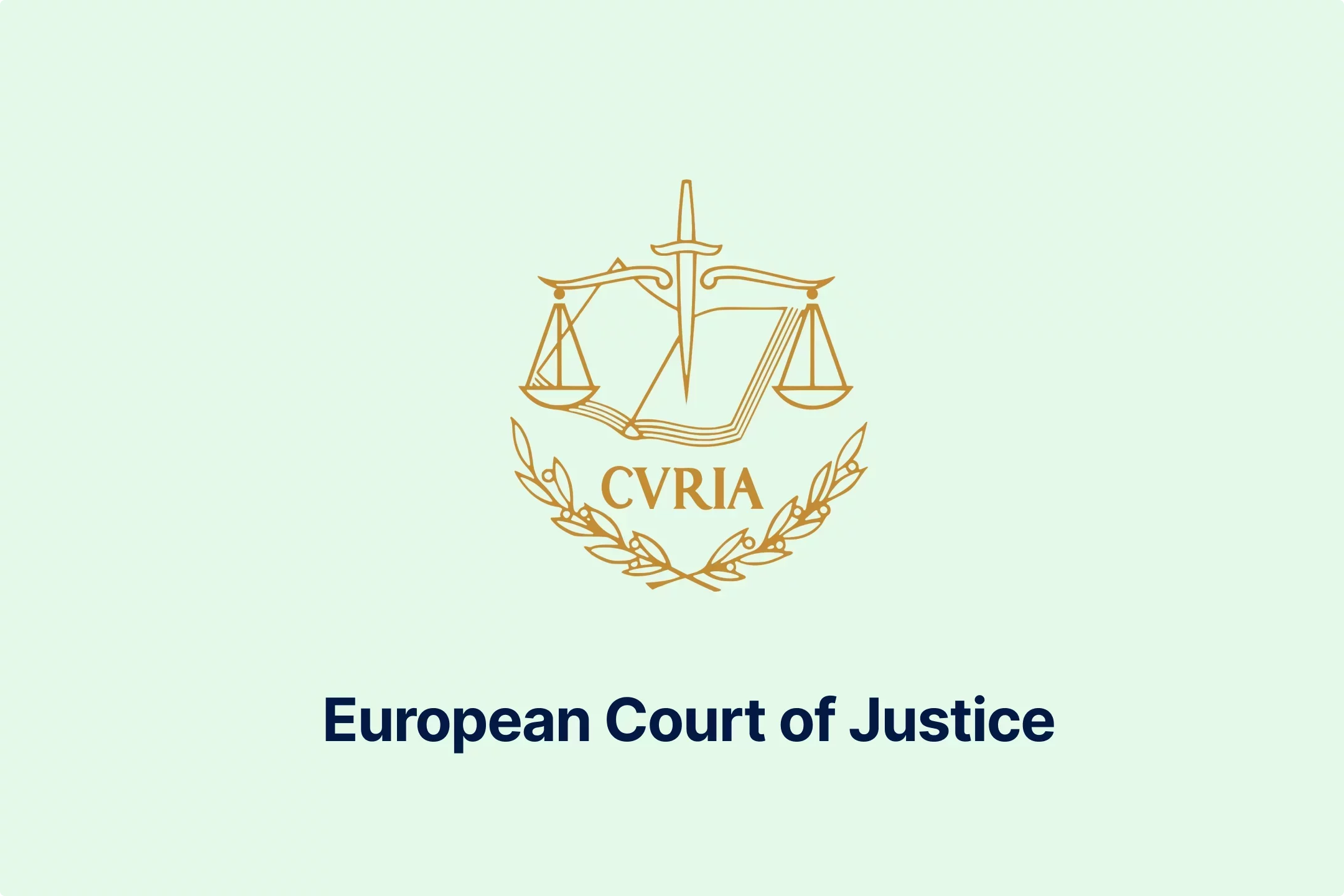
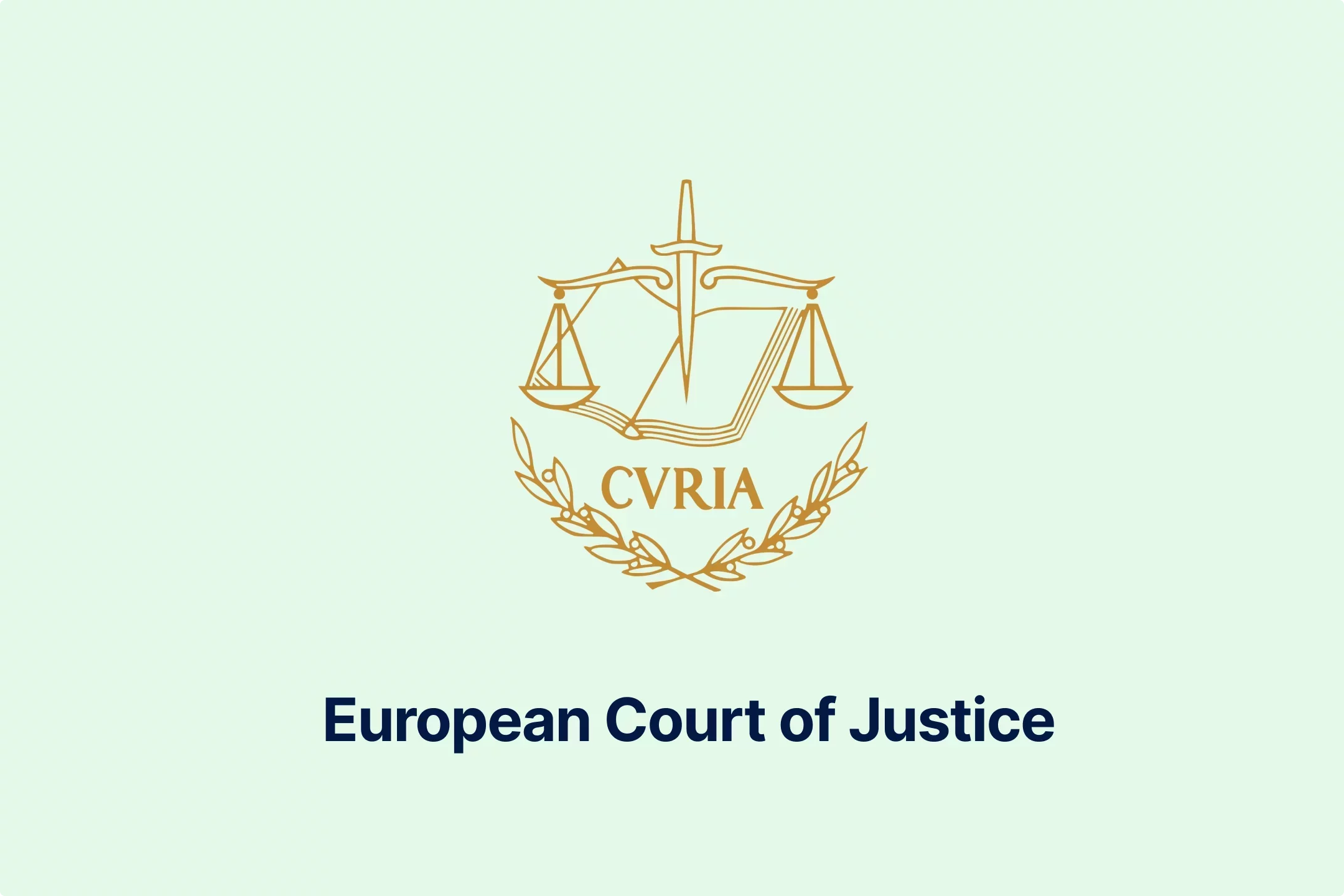
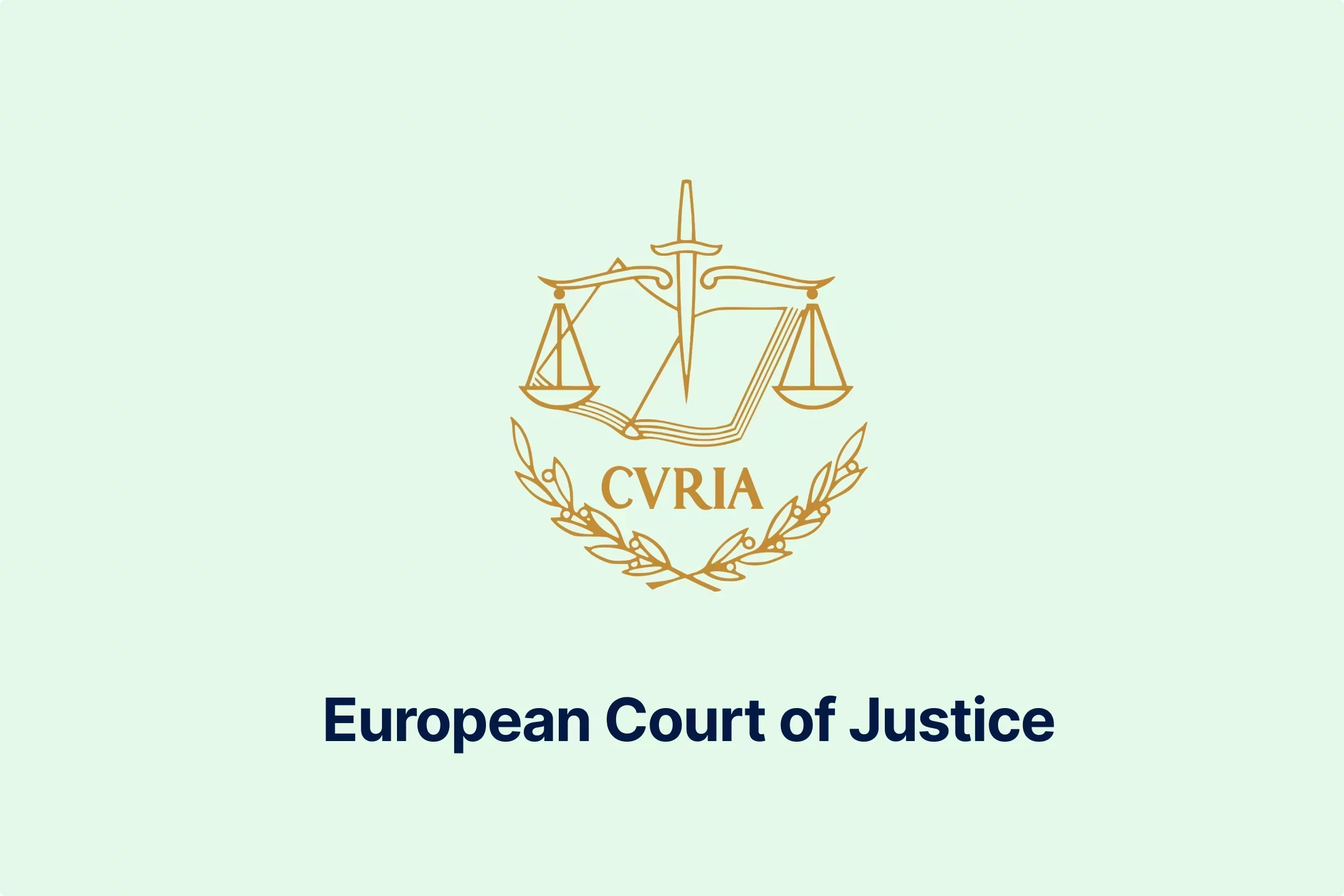



-iyyeiabtaf.webp)
-c8rbjkcs01.webp)
-nilkffjhah.webp)

-hikakq55ae.webp)
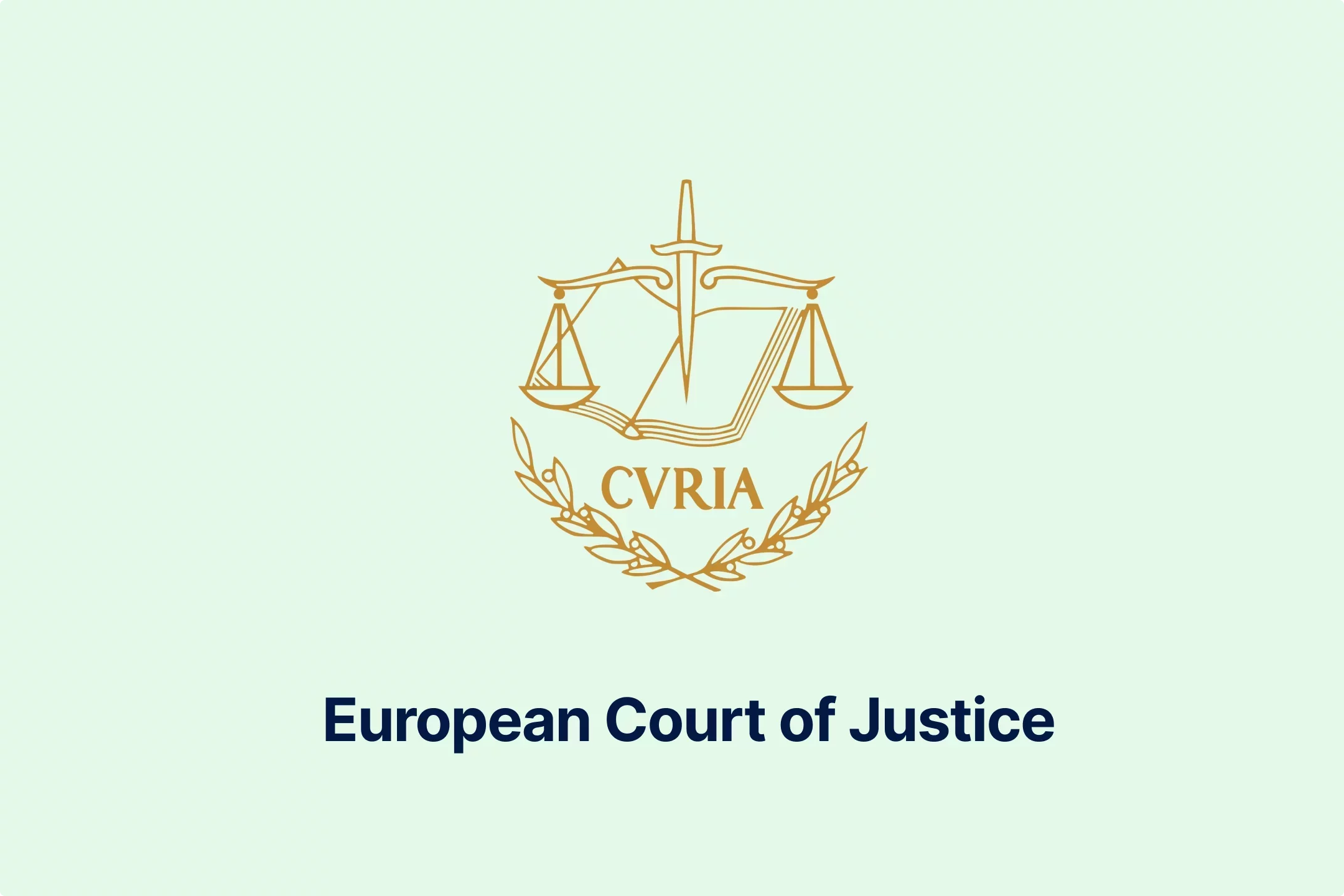
-z1d60bldtg.webp)
-d1a0q6n7mp.webp)
-viip8nvoeh.webp)
-bvv1otliox.webp)
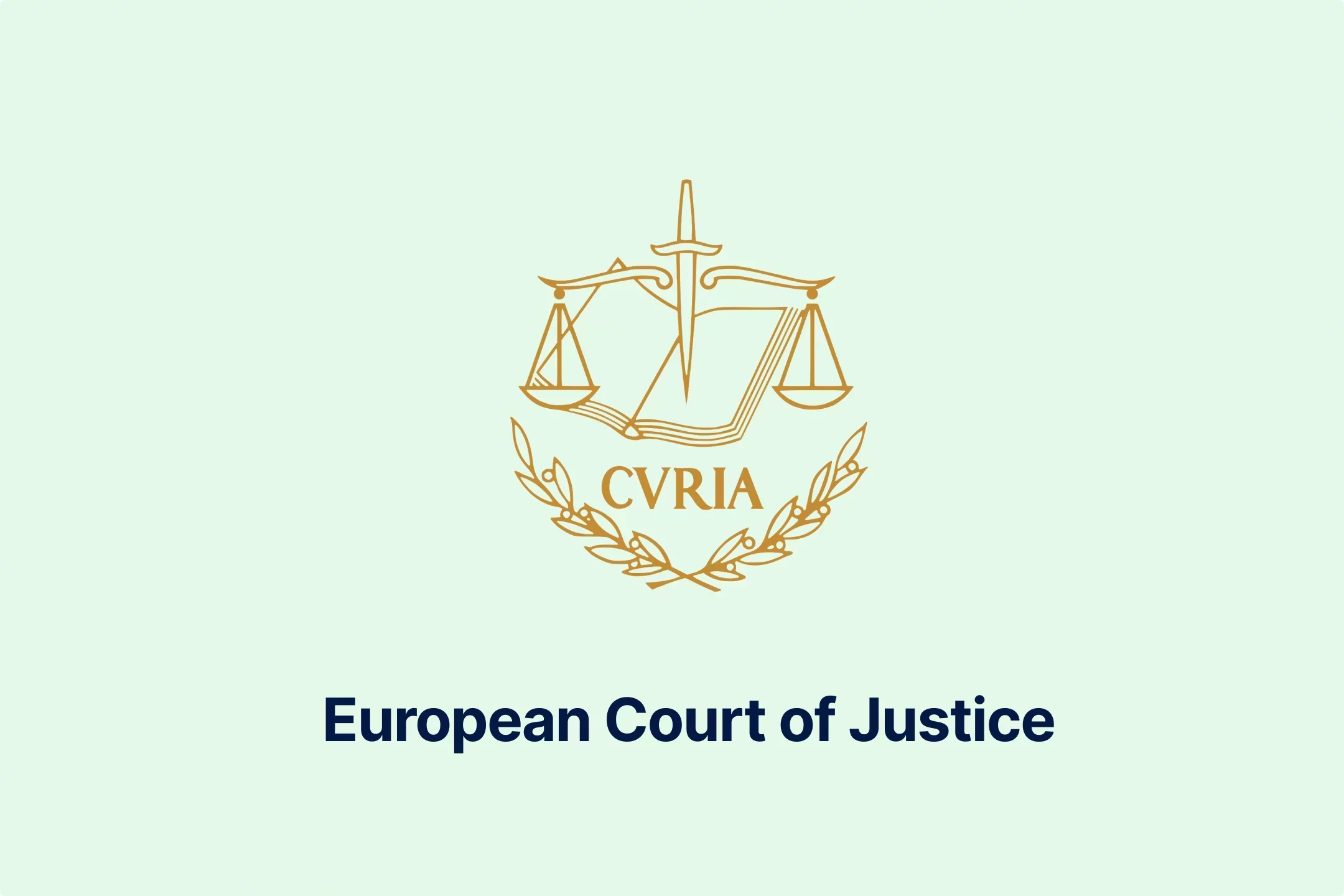

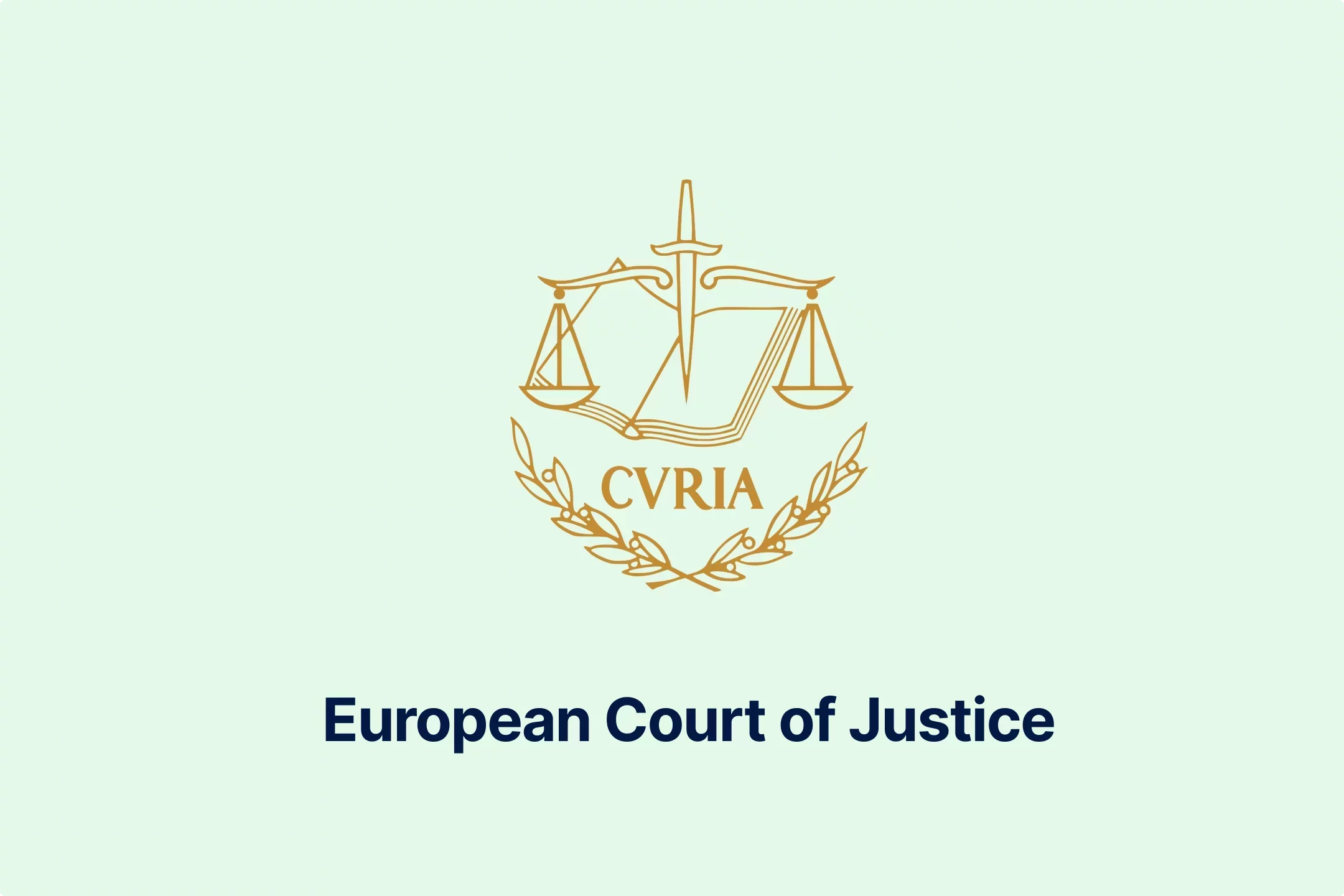
-de8hdb1bn3.webp)
-7xsxxoypnx.webp)

-cm0opezg73.webp)
-0tovsdupmi.webp)
-subxdamdj6.webp)
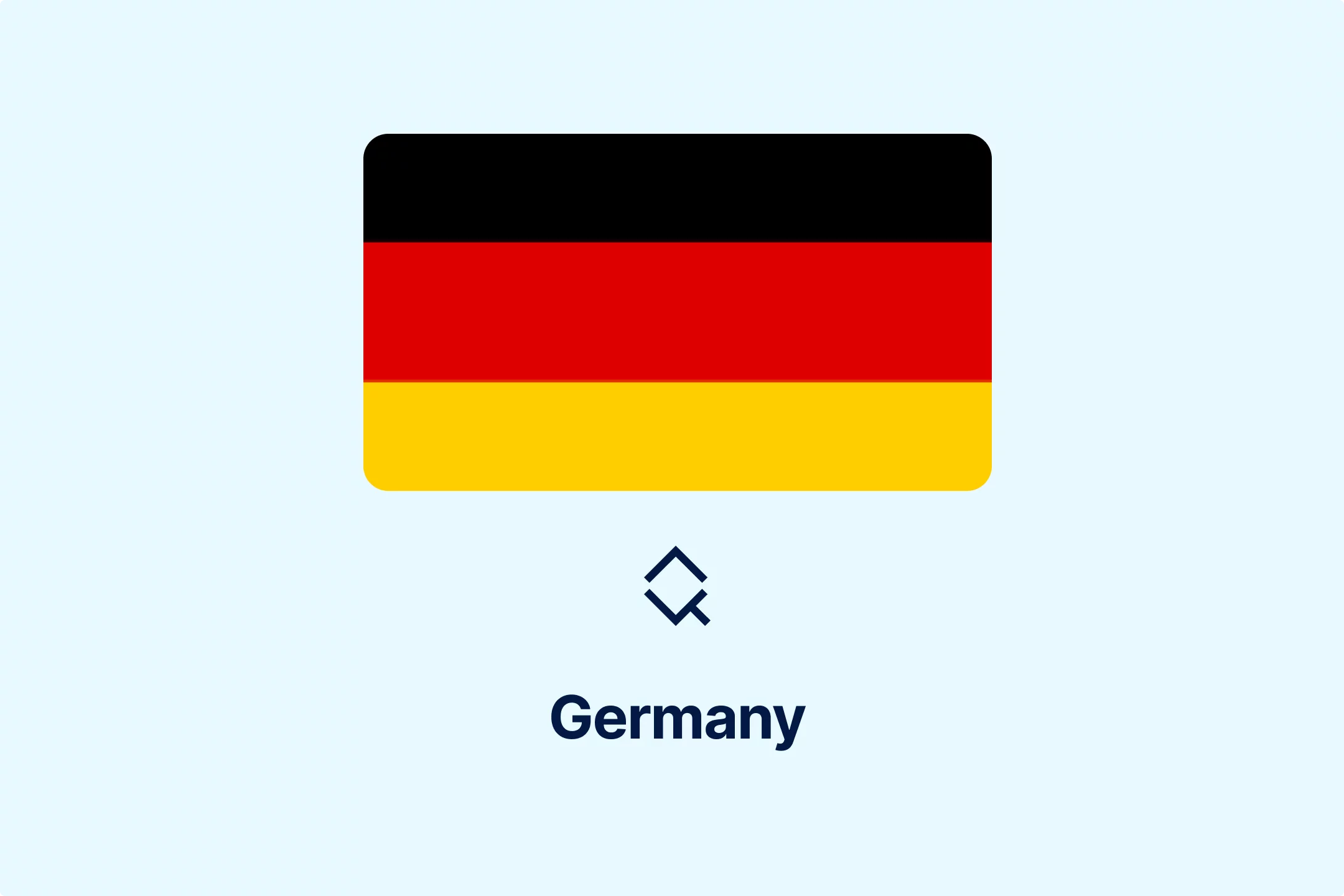
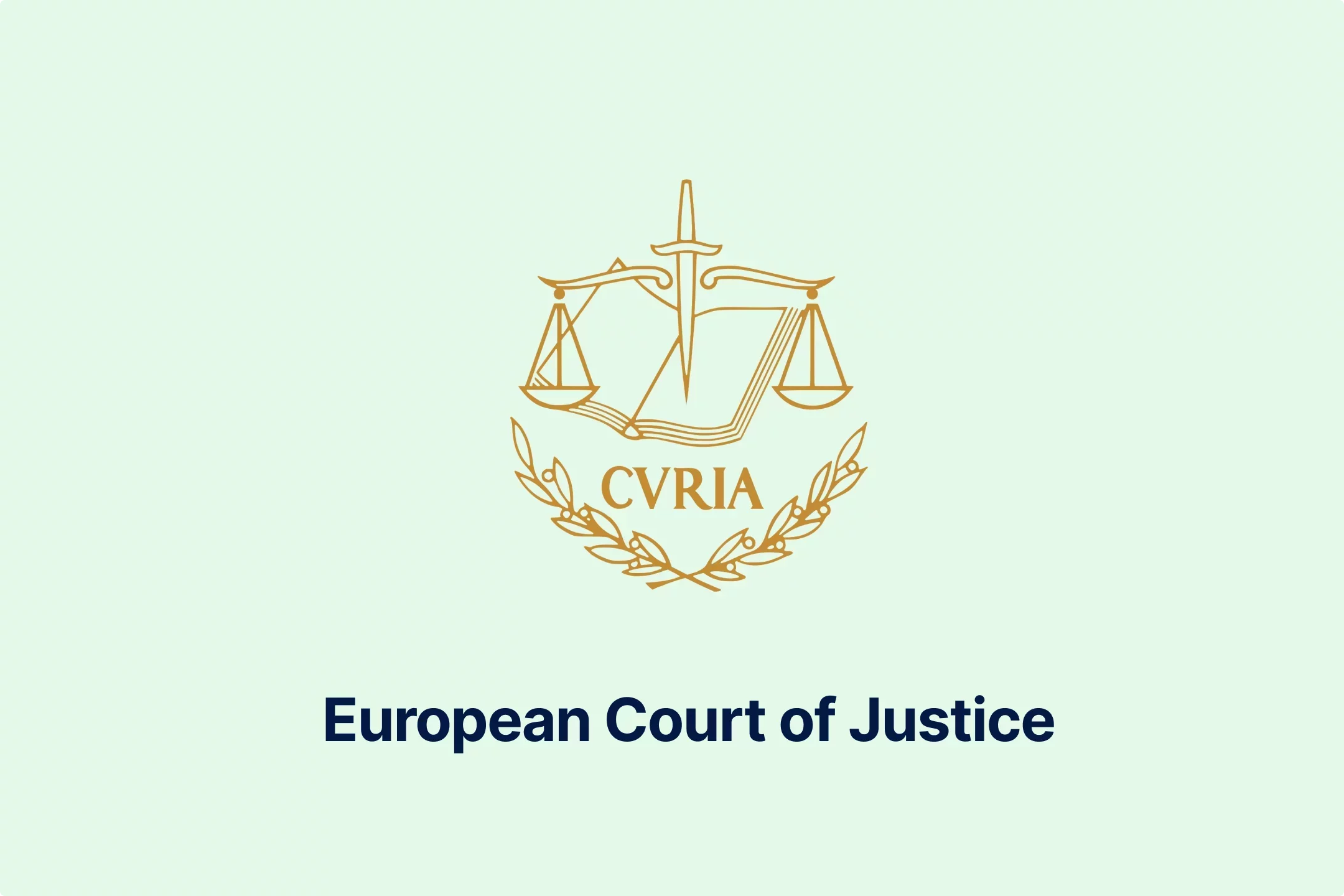
-gly6ablwnh.webp)
-gkduqhwbzh.webp)
-qpe1ld9vcj.webp)
-8noukwsmba.webp)
-aka29tuhkt.webp)


-fisvs27yrp.webp)


-mp0jakanyb.webp)

-aivzsuryuq.webp)



-o7f4ogsy06.webp)

-zjja92wdje.webp)
-hrbhdts8ry.webp)
-qtdkwpgkug.webp)


-cf8ccgah0p.webp)
-0em3cif5s6.webp)





-ptzesl0kij.webp)

-tfzv42pyms.webp)






-uodv7sfbih.webp)
-bbrdfmm9qf.webp)



-m2tl8crfqr.webp)




-1awbqjgpjs.webp)
-avbjsn1k1g.webp)


-0h8ohkx6s0.webp)


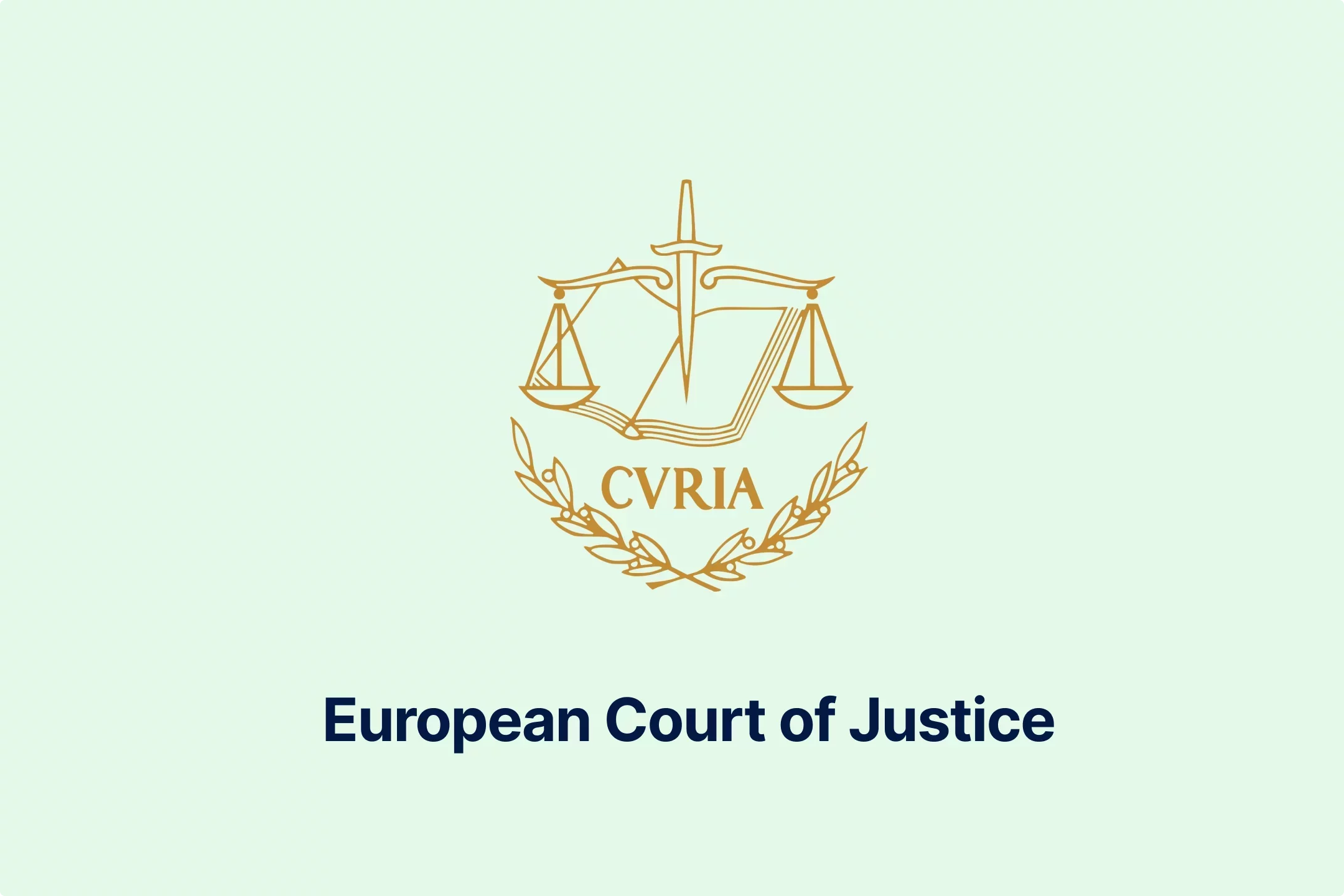
-wfmqhtc7i6.webp)
-7wljbof2zo.webp)
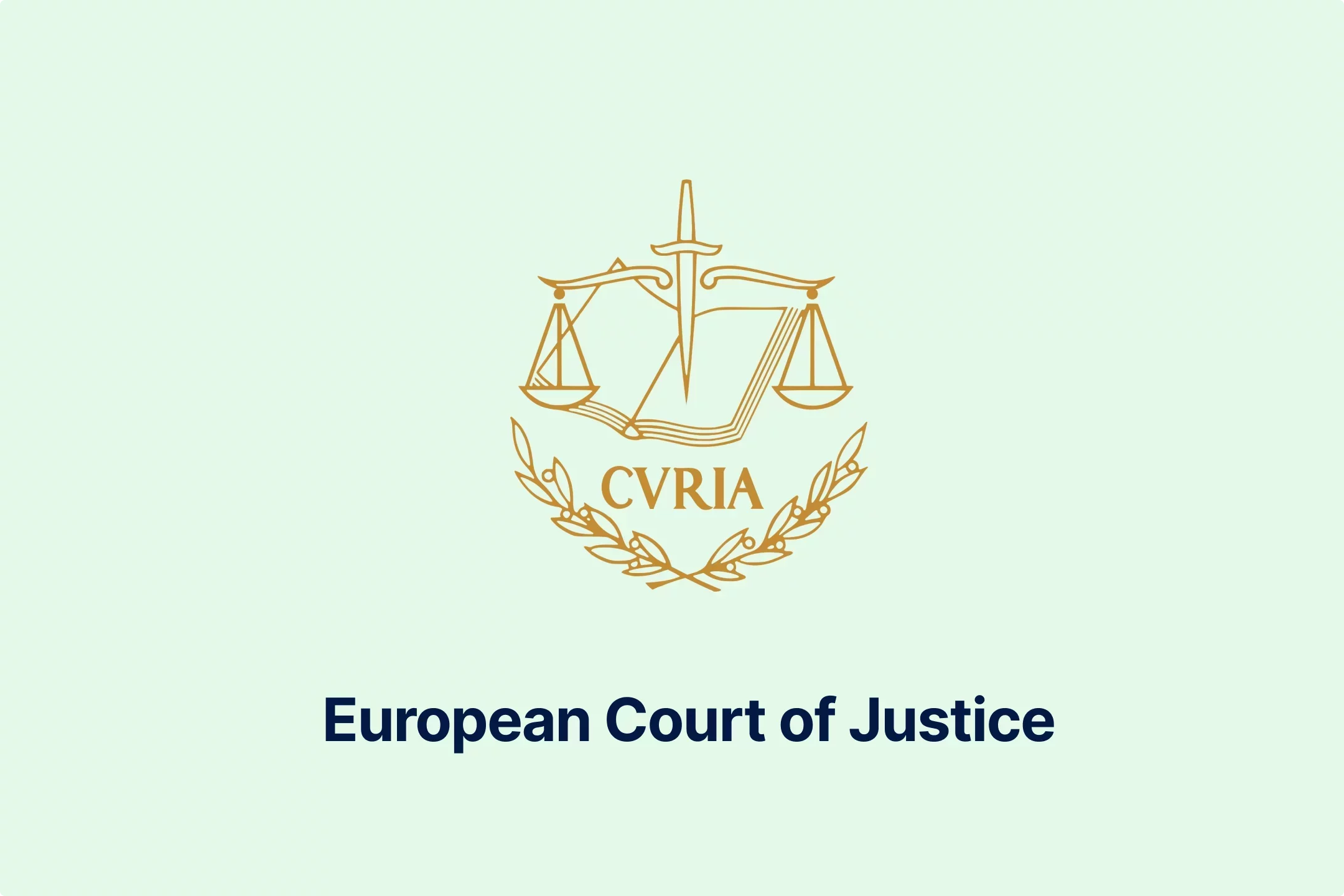
-eqt97uyekl.webp)
-wzw9mcf563.webp)

-z4oxr6i0zd.webp)




-l0zcrrzvhb.webp)
-fhtic1pwml.webp)

-iipdguuz9p.webp)
-nkhhwrnggm.webp)
-pltqwerr3w.webp)

-nn6mtfbneq.webp)

-tmnklelfku.webp)



-8z1msbdibu.webp)
-7g16lgggrv.webp)



-lxcwgtzitc.webp)
-9mc55kqwtx.webp)


-xla7j3cxwz.webp)
-jrdryw2eil.webp)






-t9qr49xs2u.webp)


-qjopq5jplv.webp)



-vune1zdqex.webp)

-qsozqjwle2.webp)
-rgjta7iwiv.webp)

-zb6bxxws47.webp)
-lyfjzw4okp.webp)

-ogpfmol5m1.png)


-czisebympl.png)

-zetvivc79v.png)
-ud7ylvkade.png)
-qizq6w2v5z.png)







-ihr6b4mpo1.webp)
-k1j4au0ph6.webp)
-swxxcatugi.webp)


-ig9tutqopw.webp)

-tauoa6ziym.webp)

-spr0wydvvg.webp)
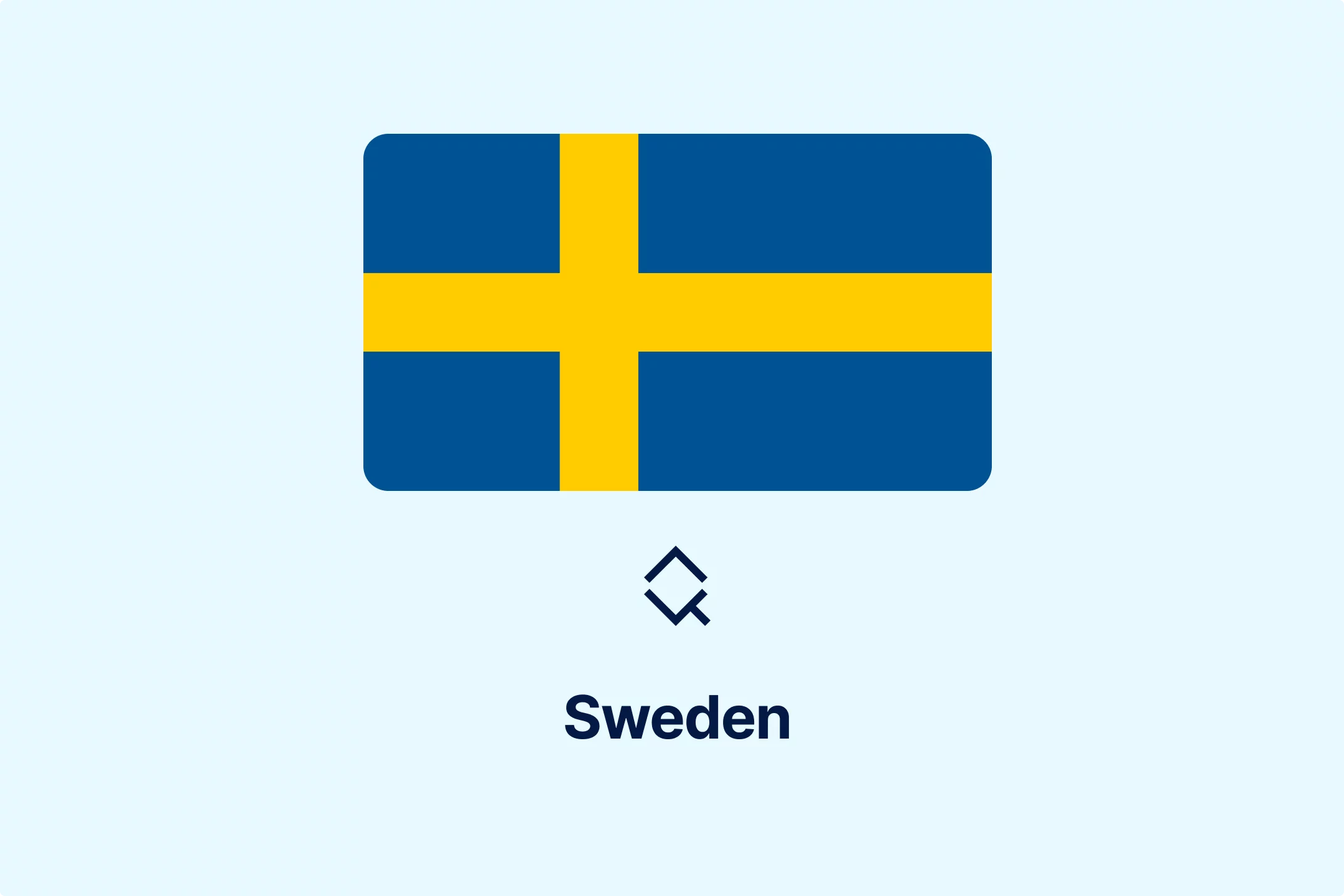
-xfuognajem.webp)





-u2nv5luoqc.webp)








-opuxpan2iu.webp)




-kwttsfd8ow.webp)
-8u14qi10nj.webp)

-wjpr96aq5g.webp)

.png)

.png)


.png)


.png)



.png)
.png)
.png)
.png)
.png)

.png)
.png)




.png)
.png)




































































































































